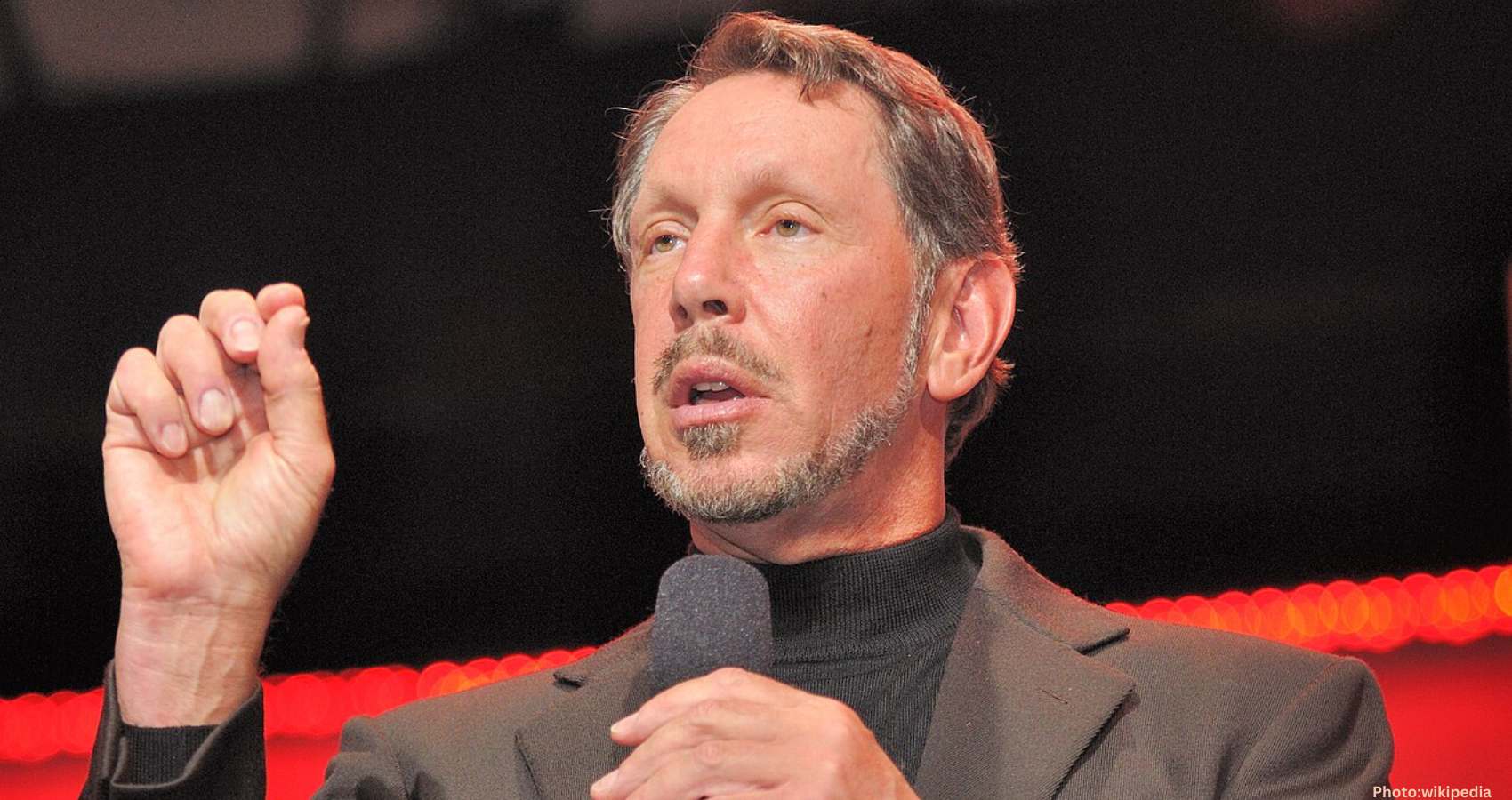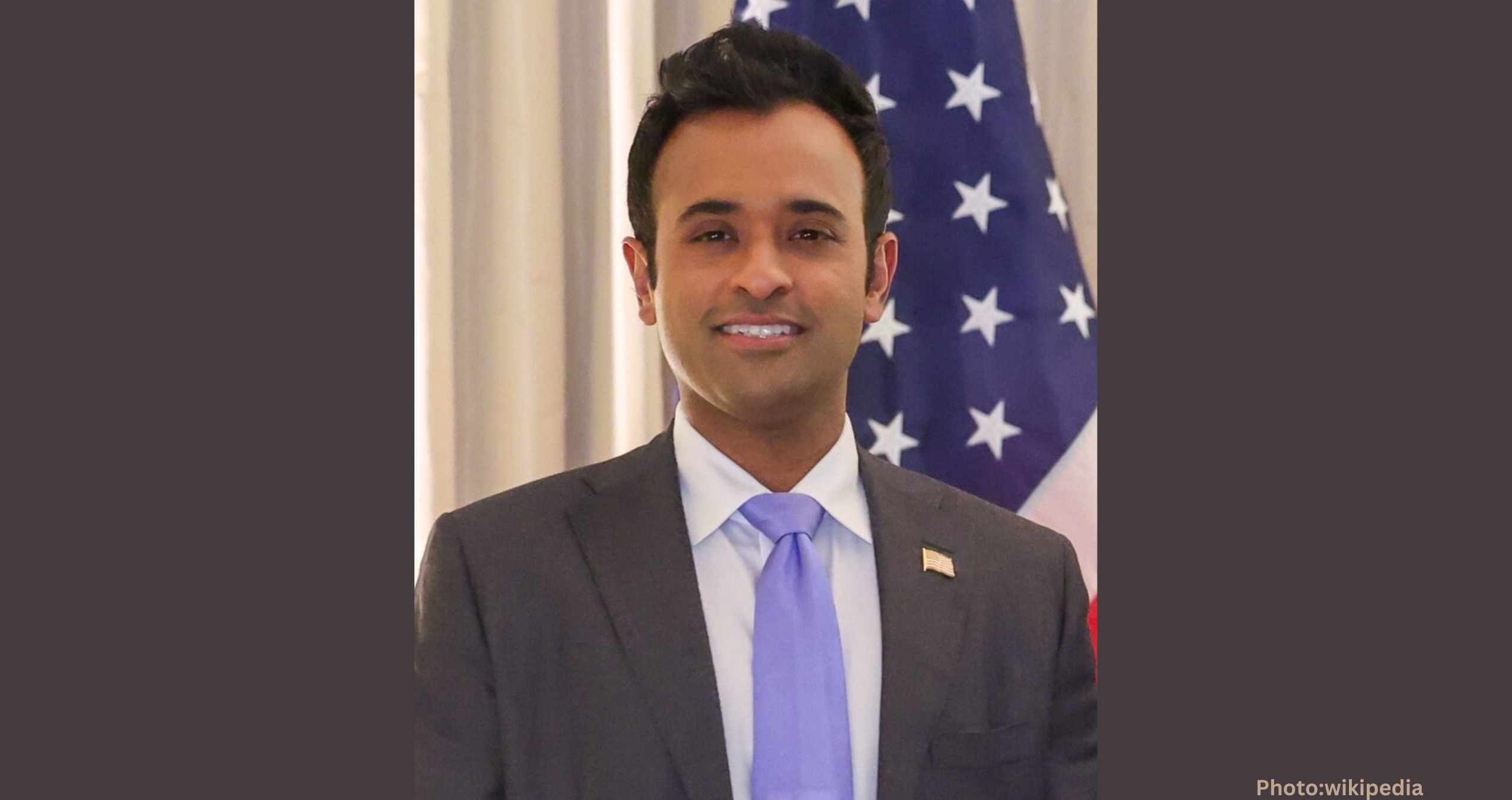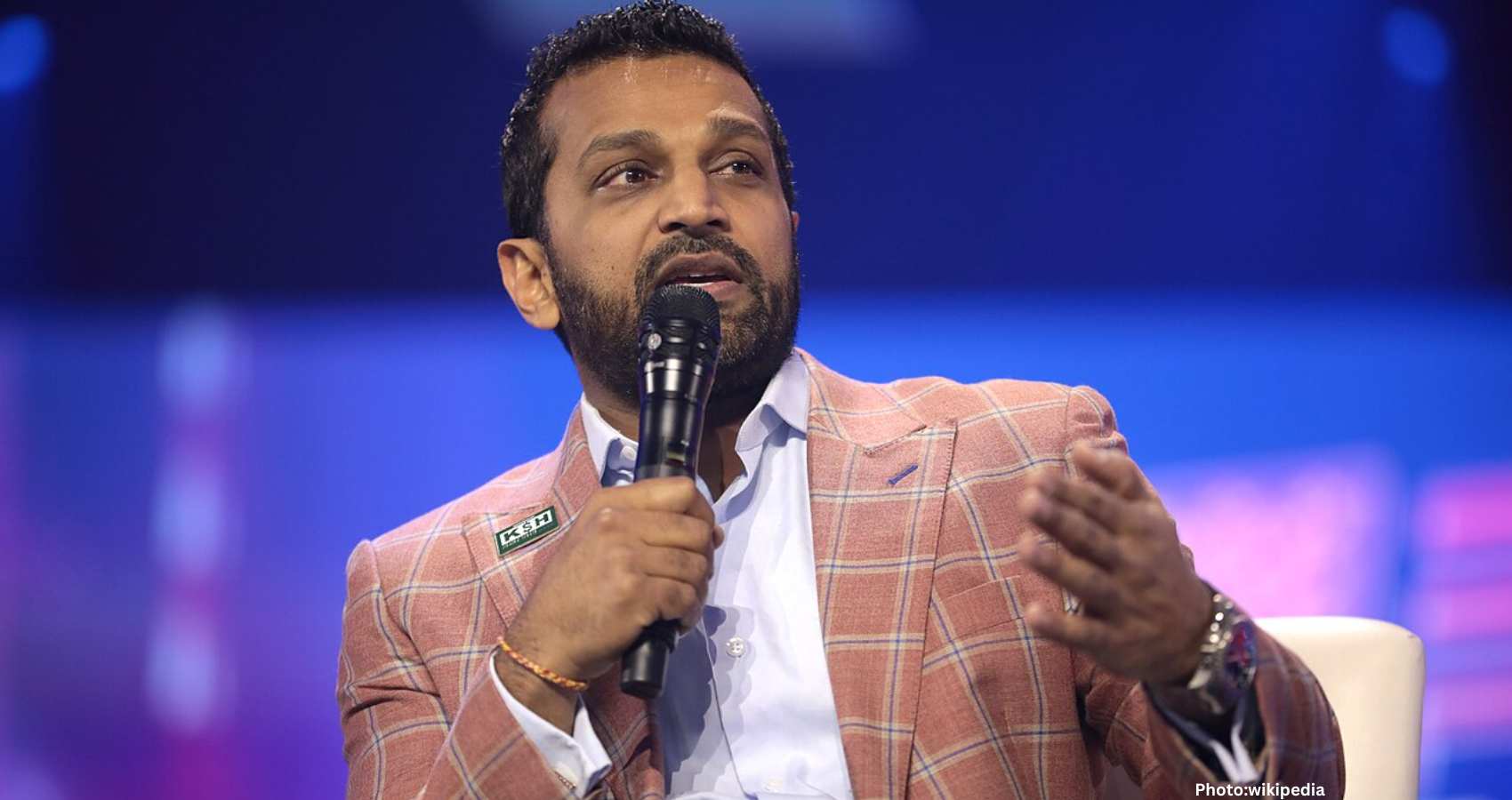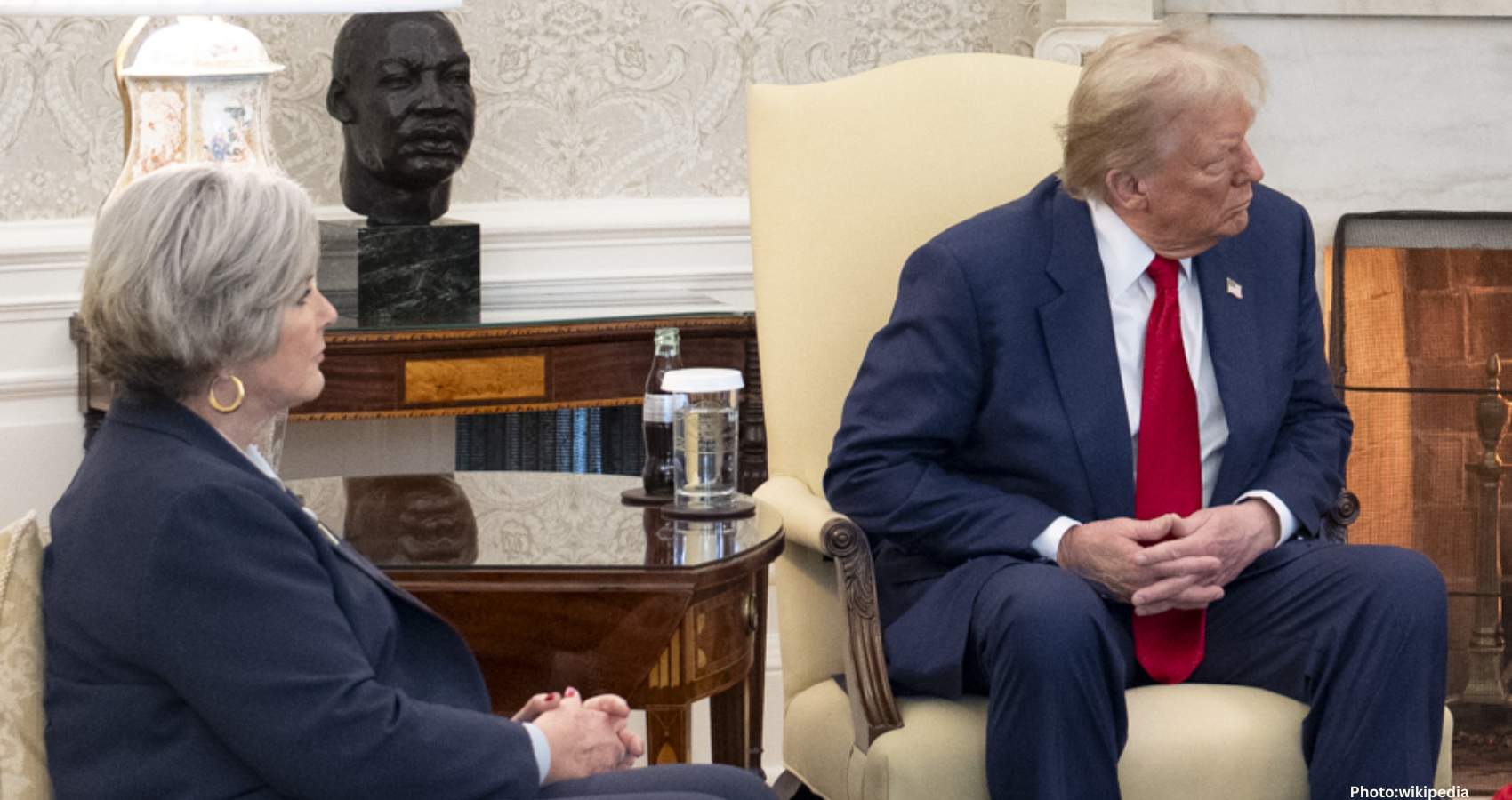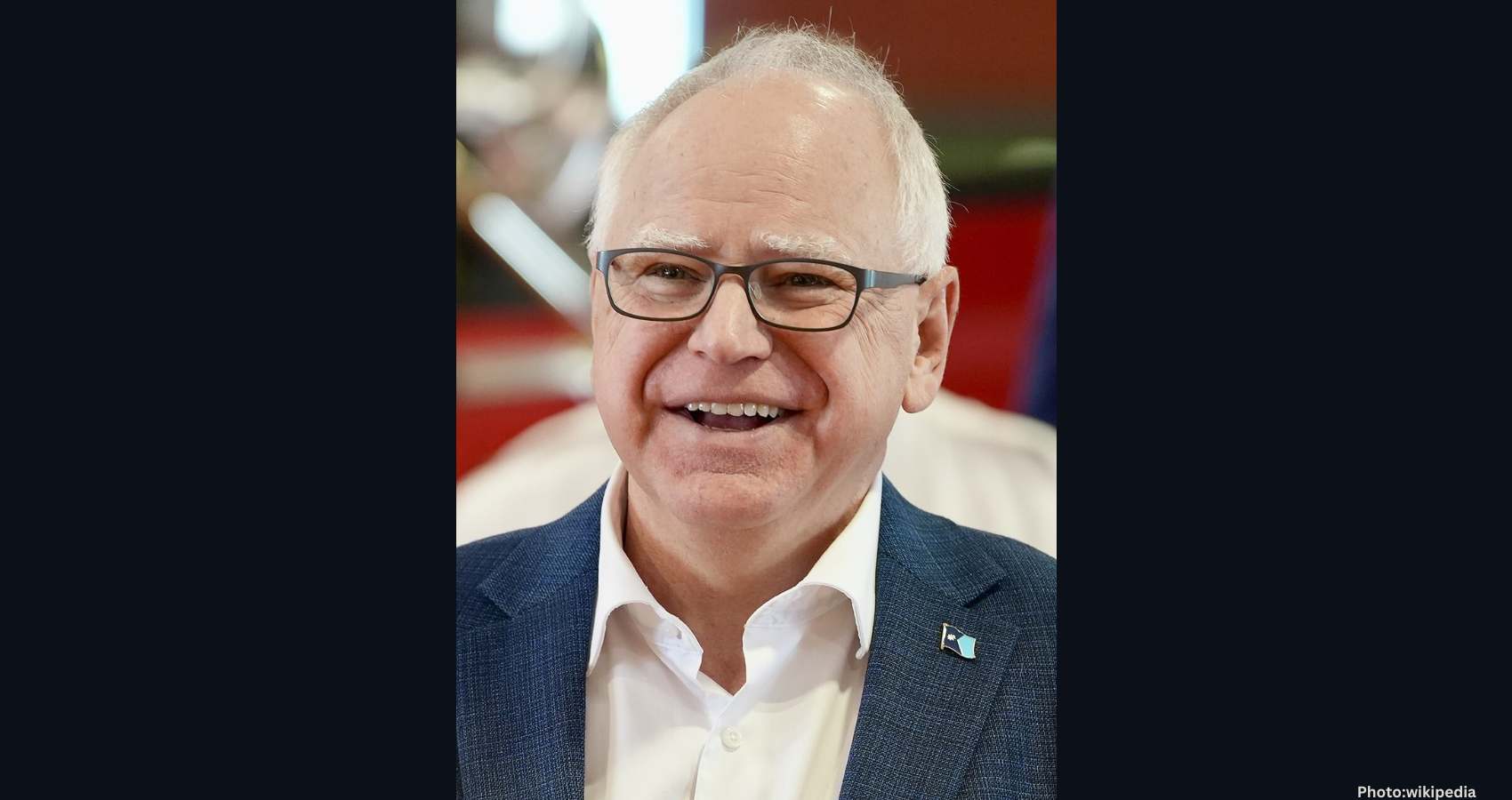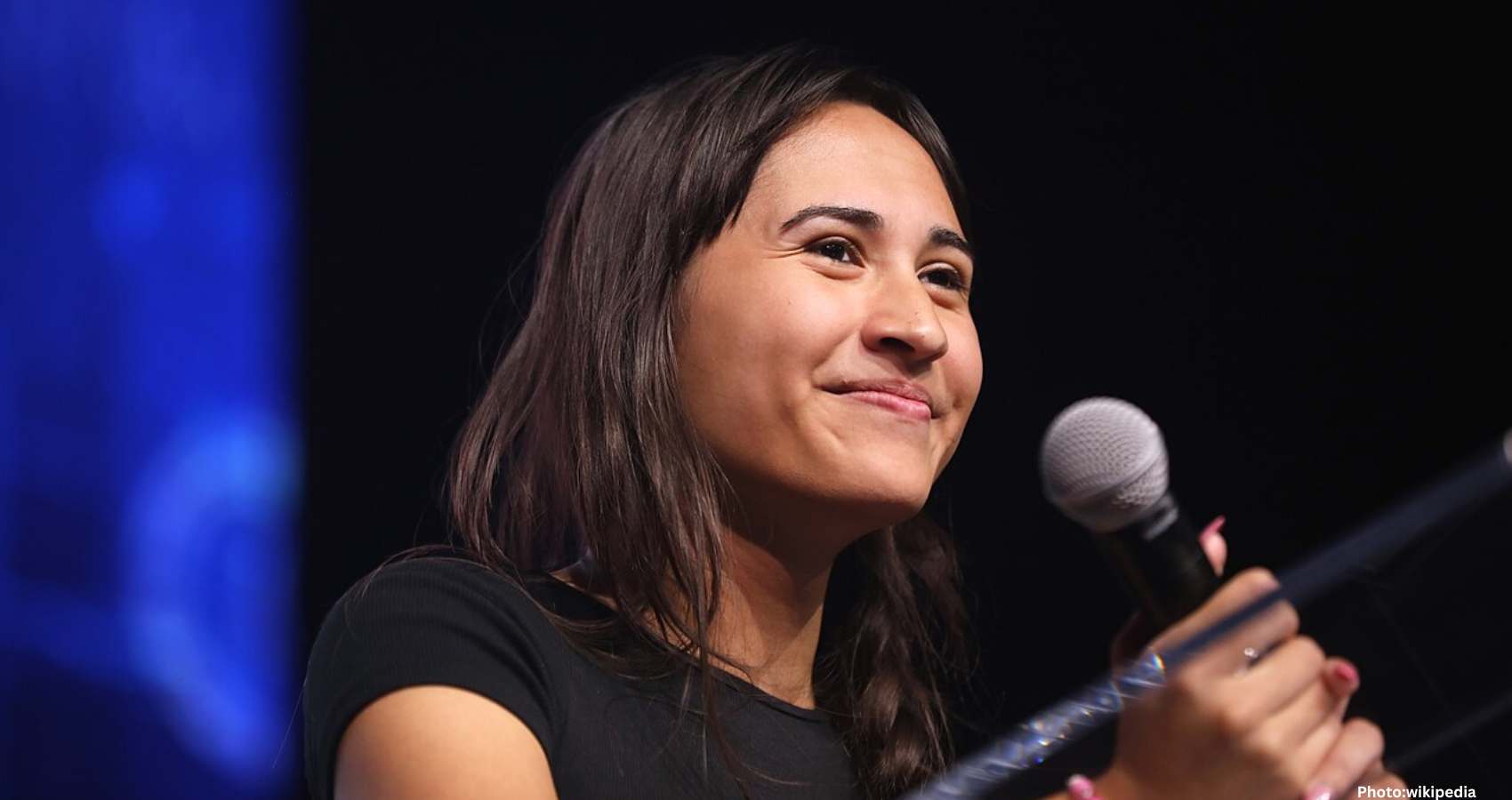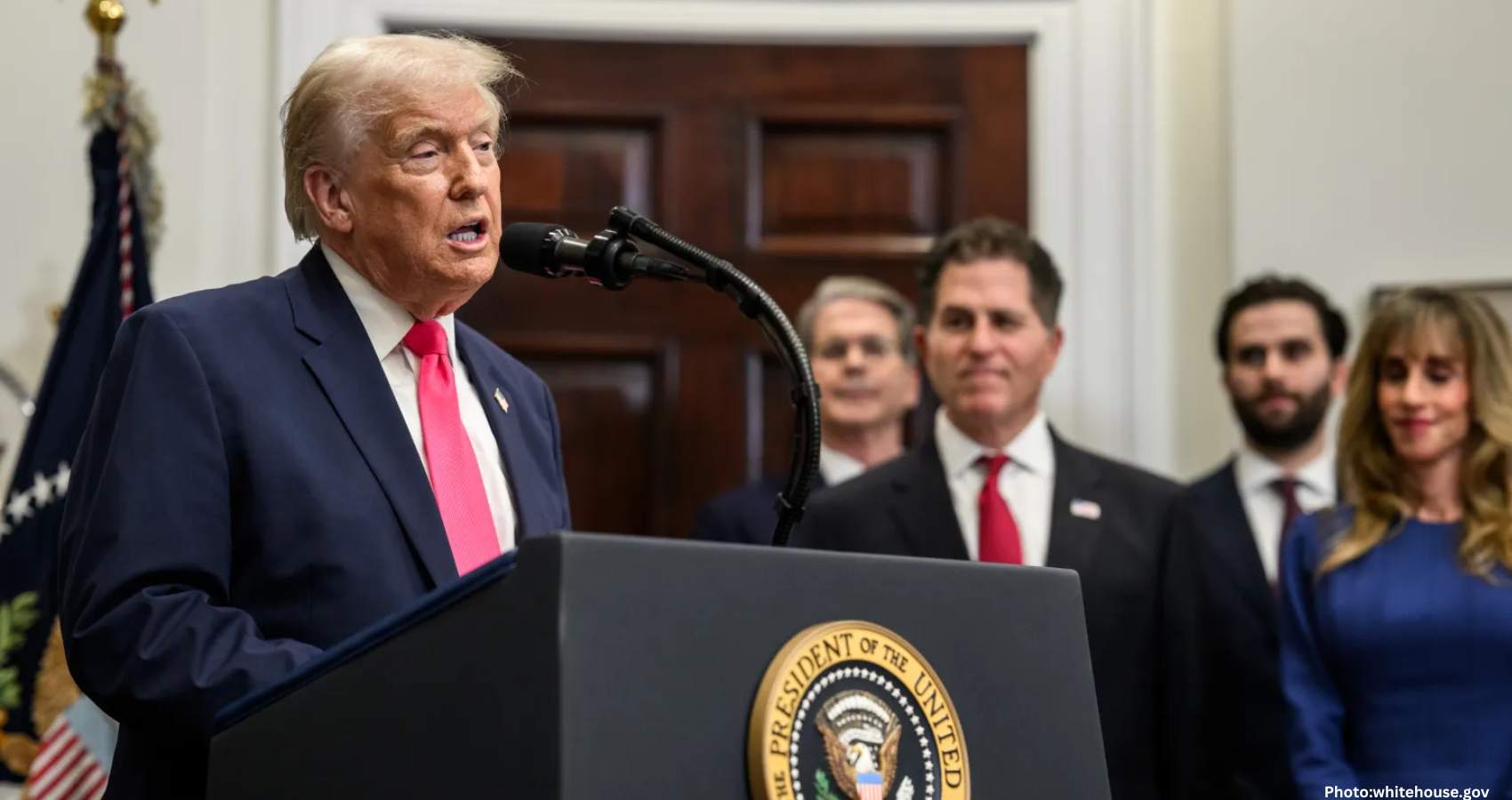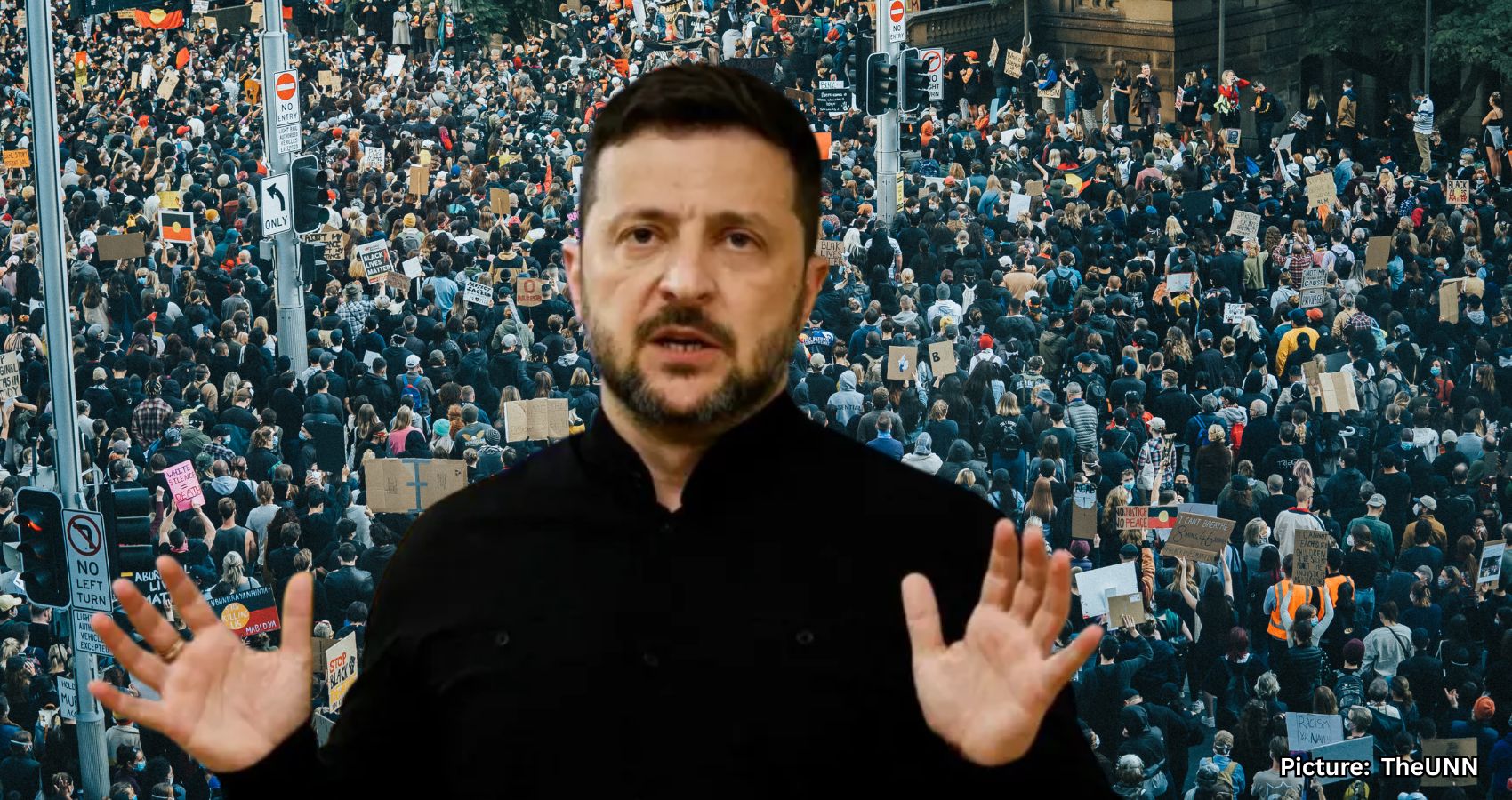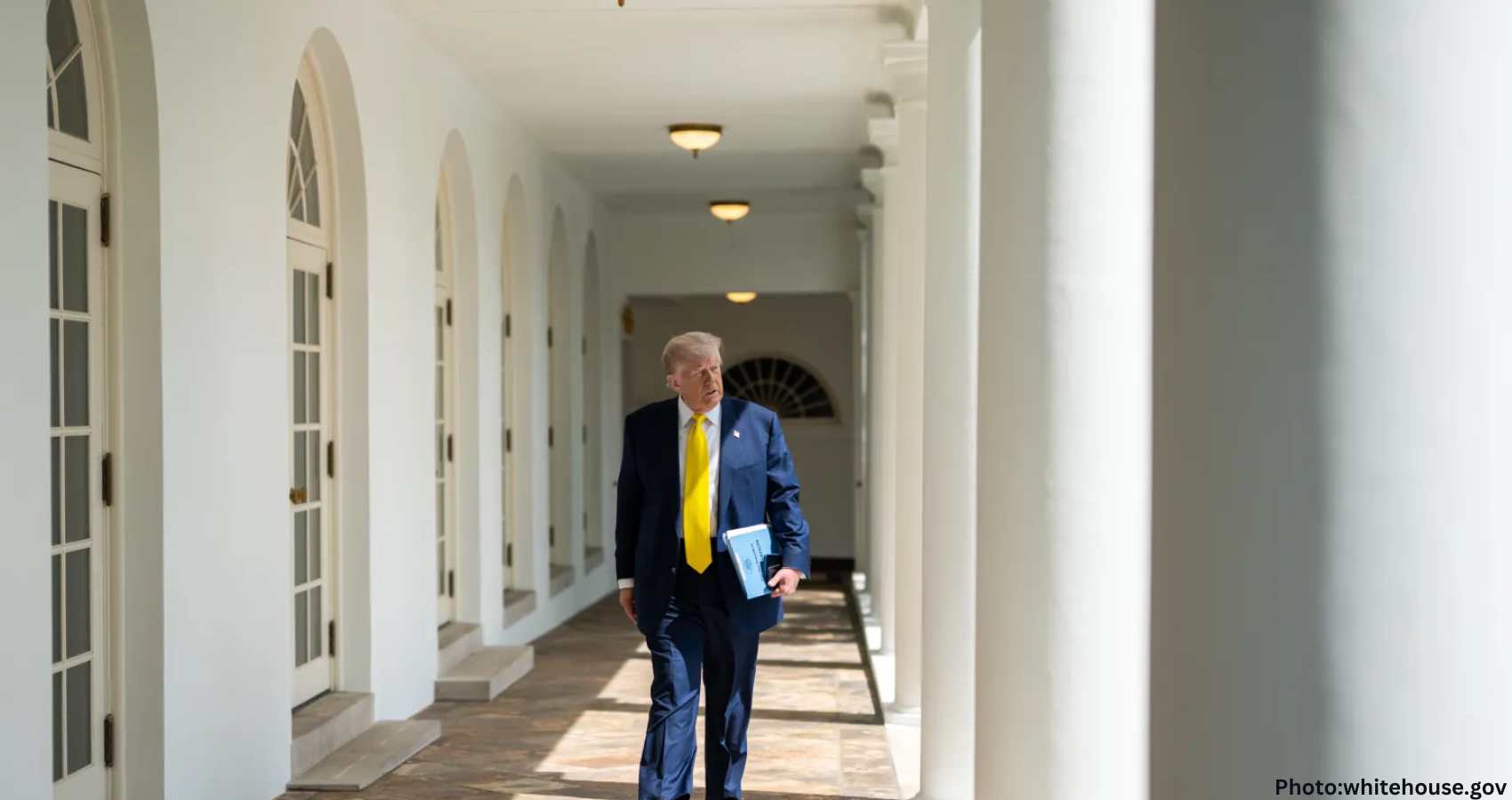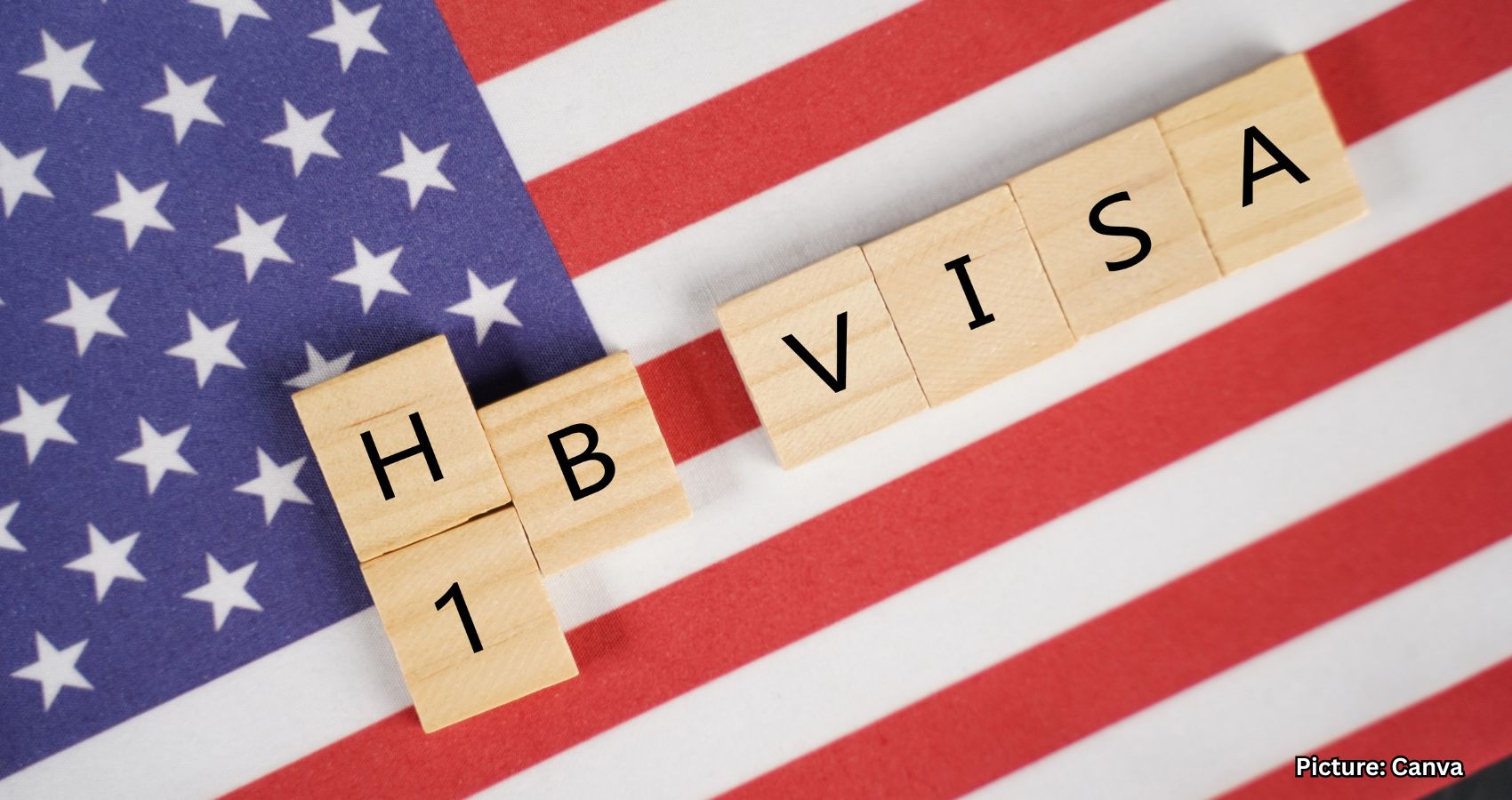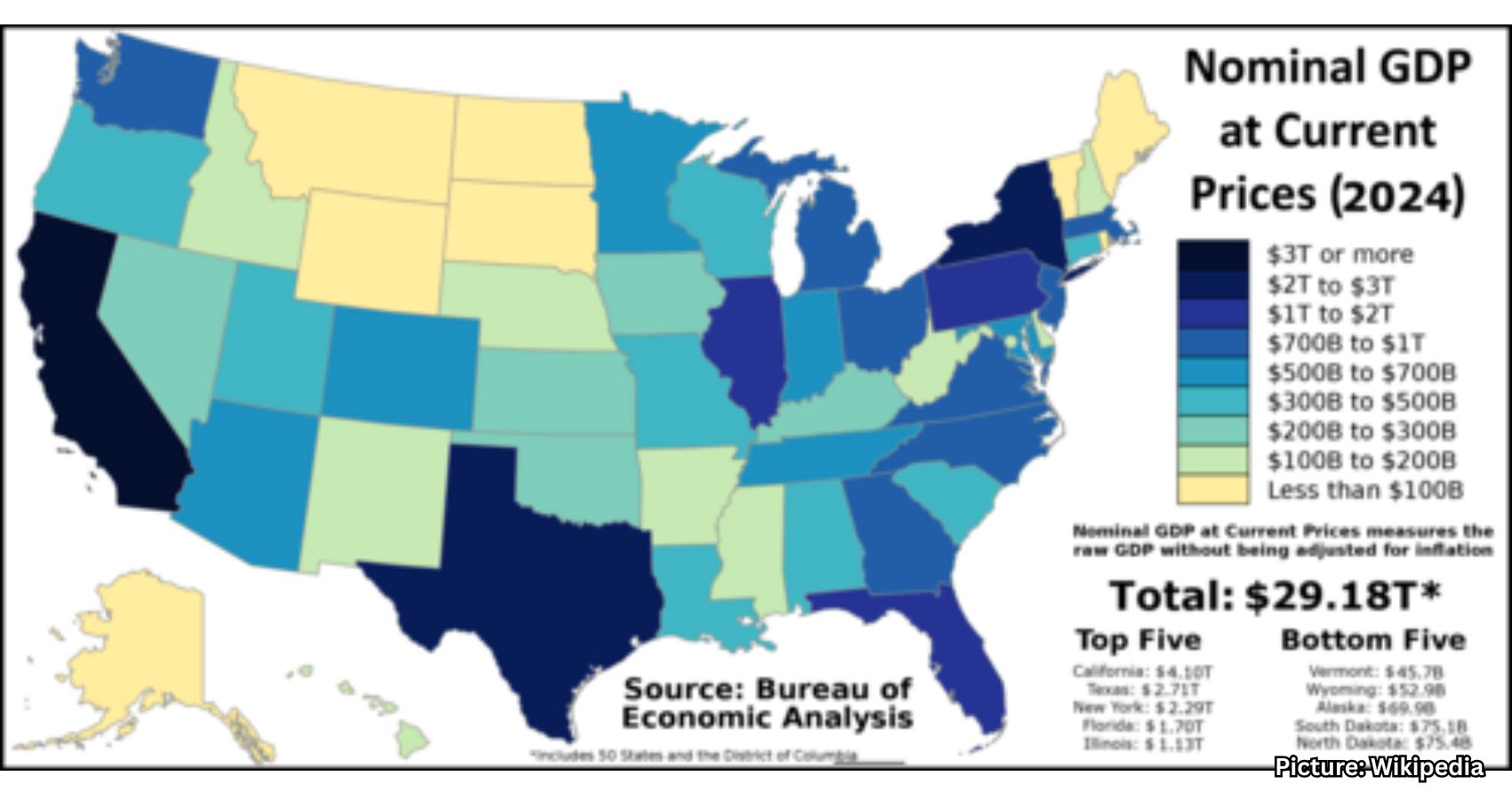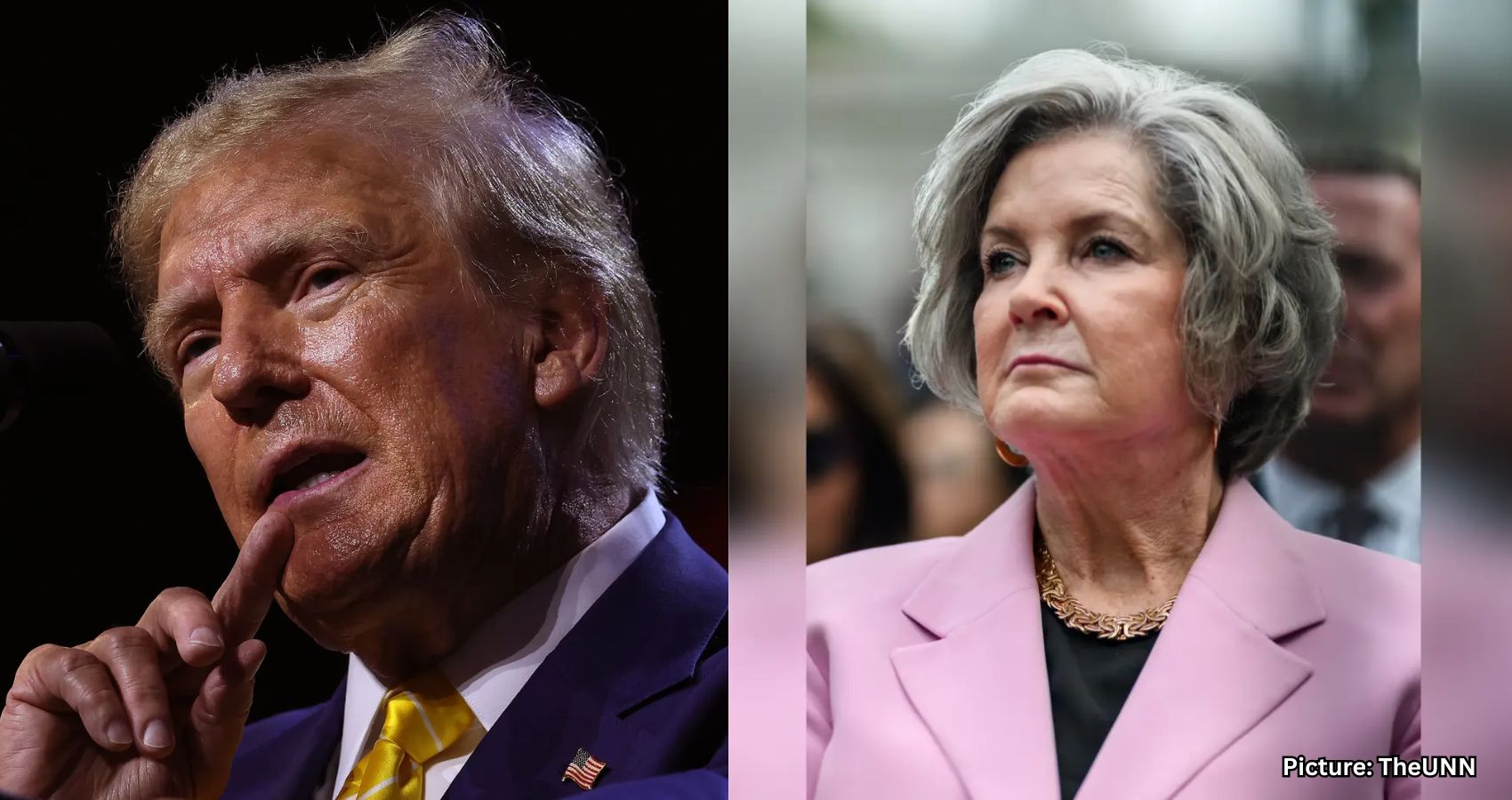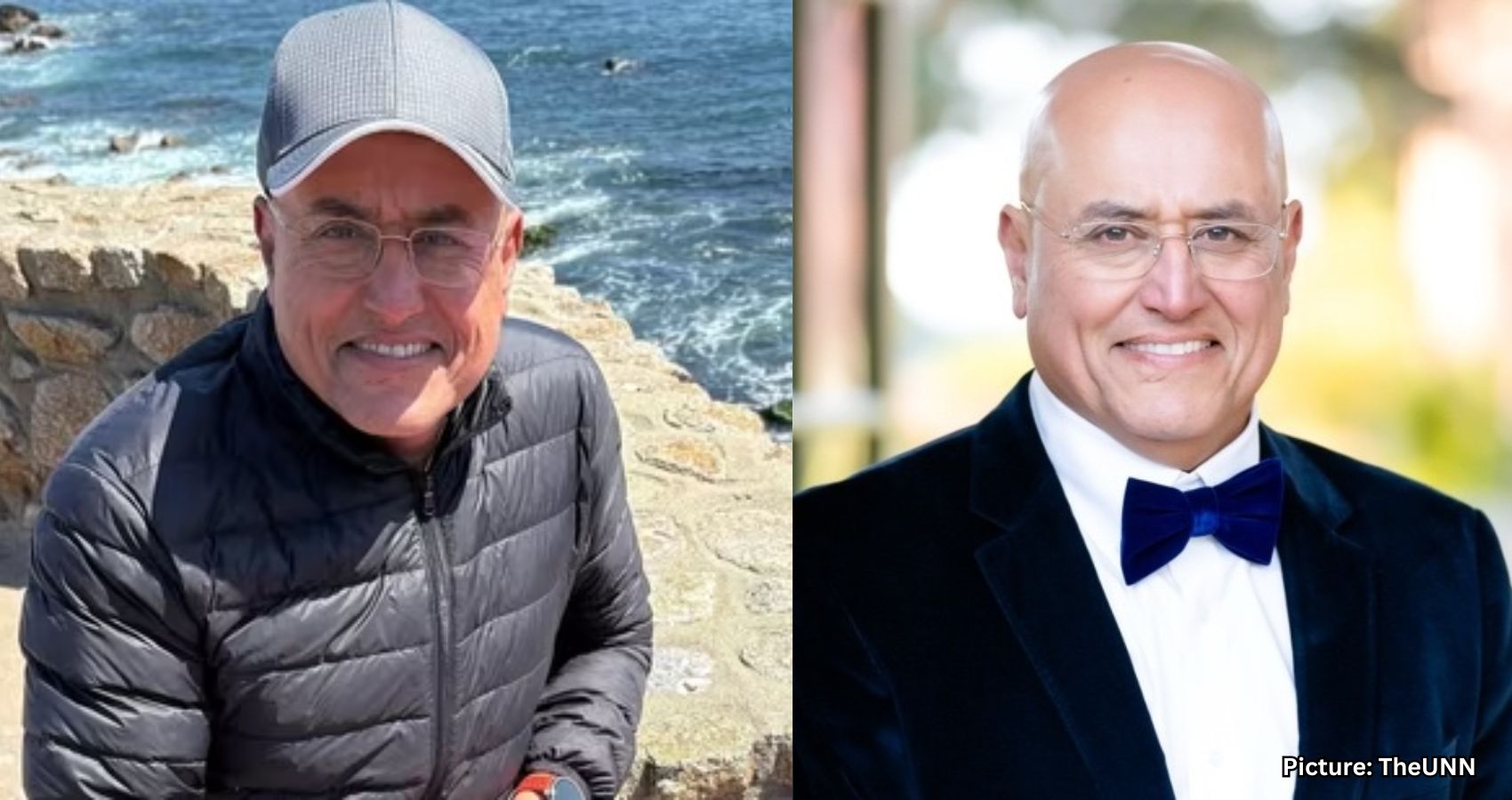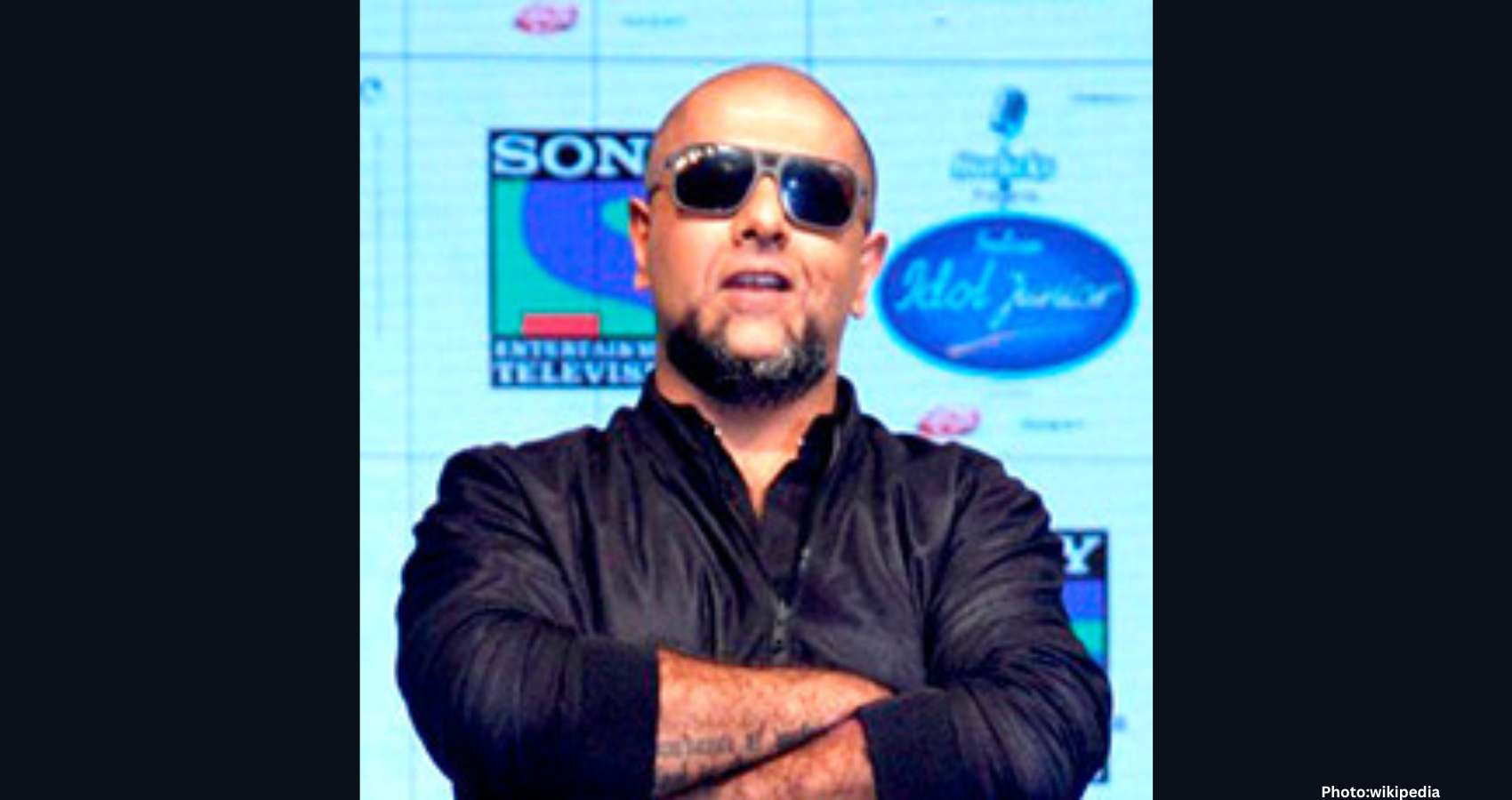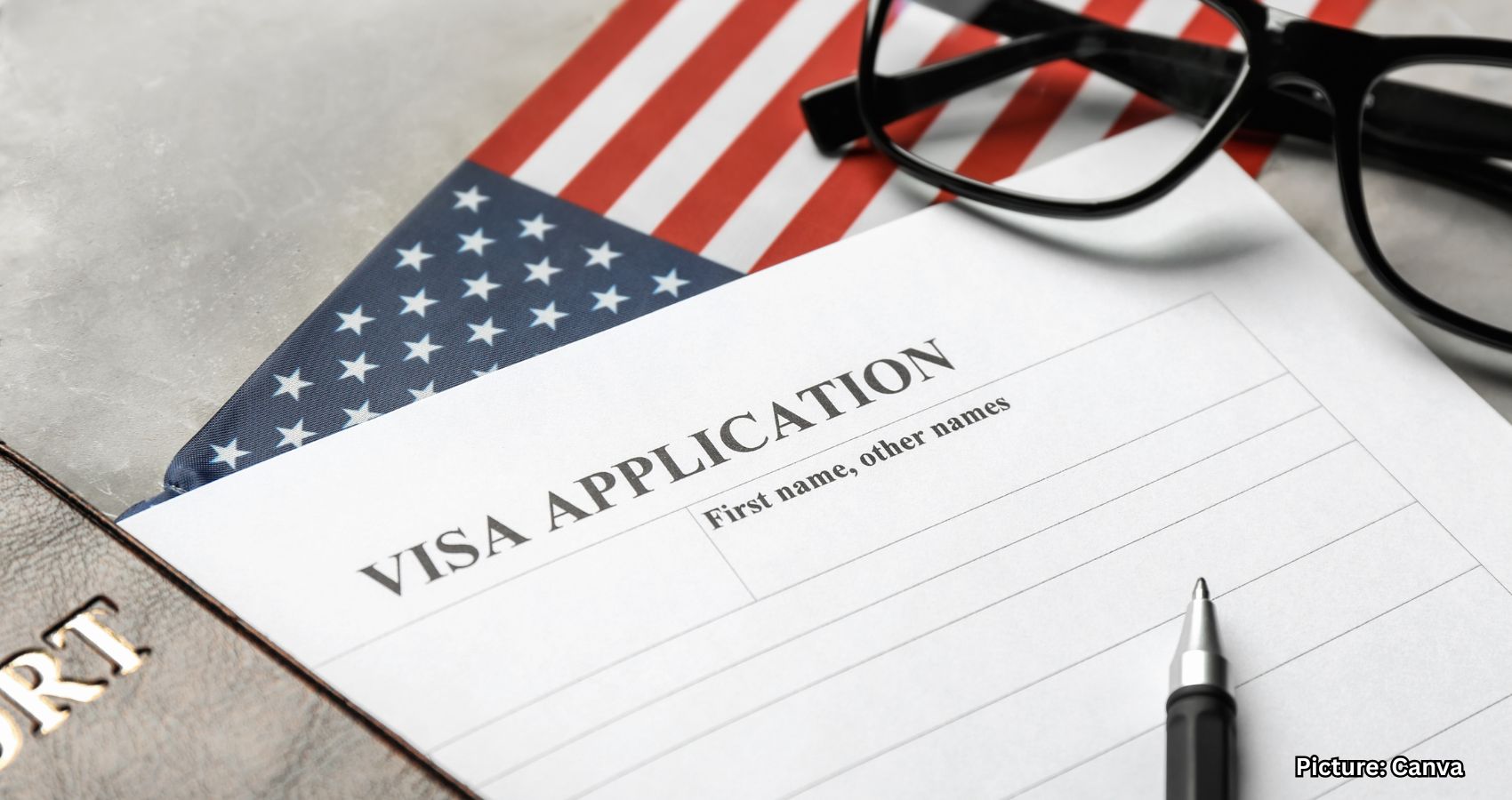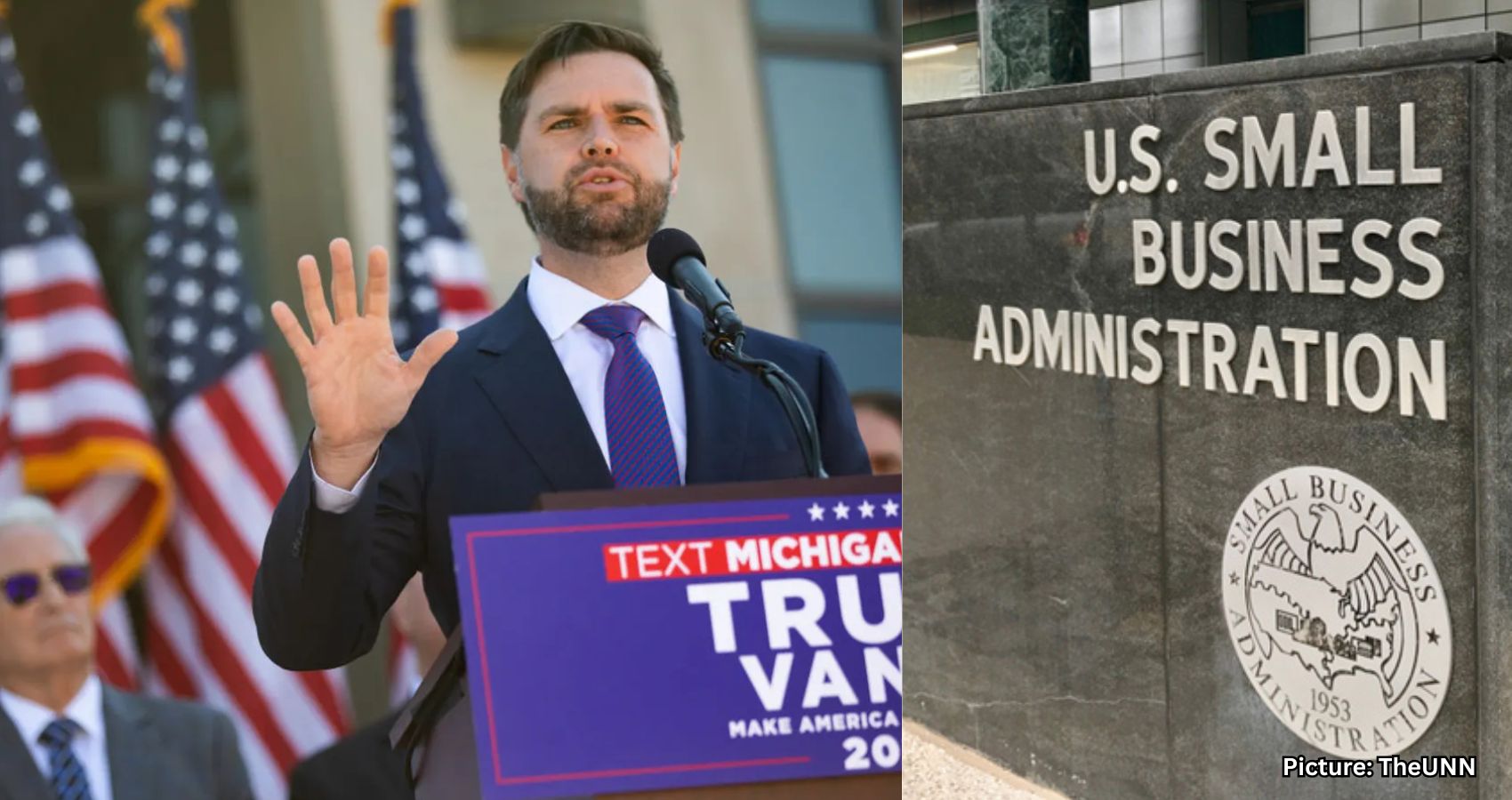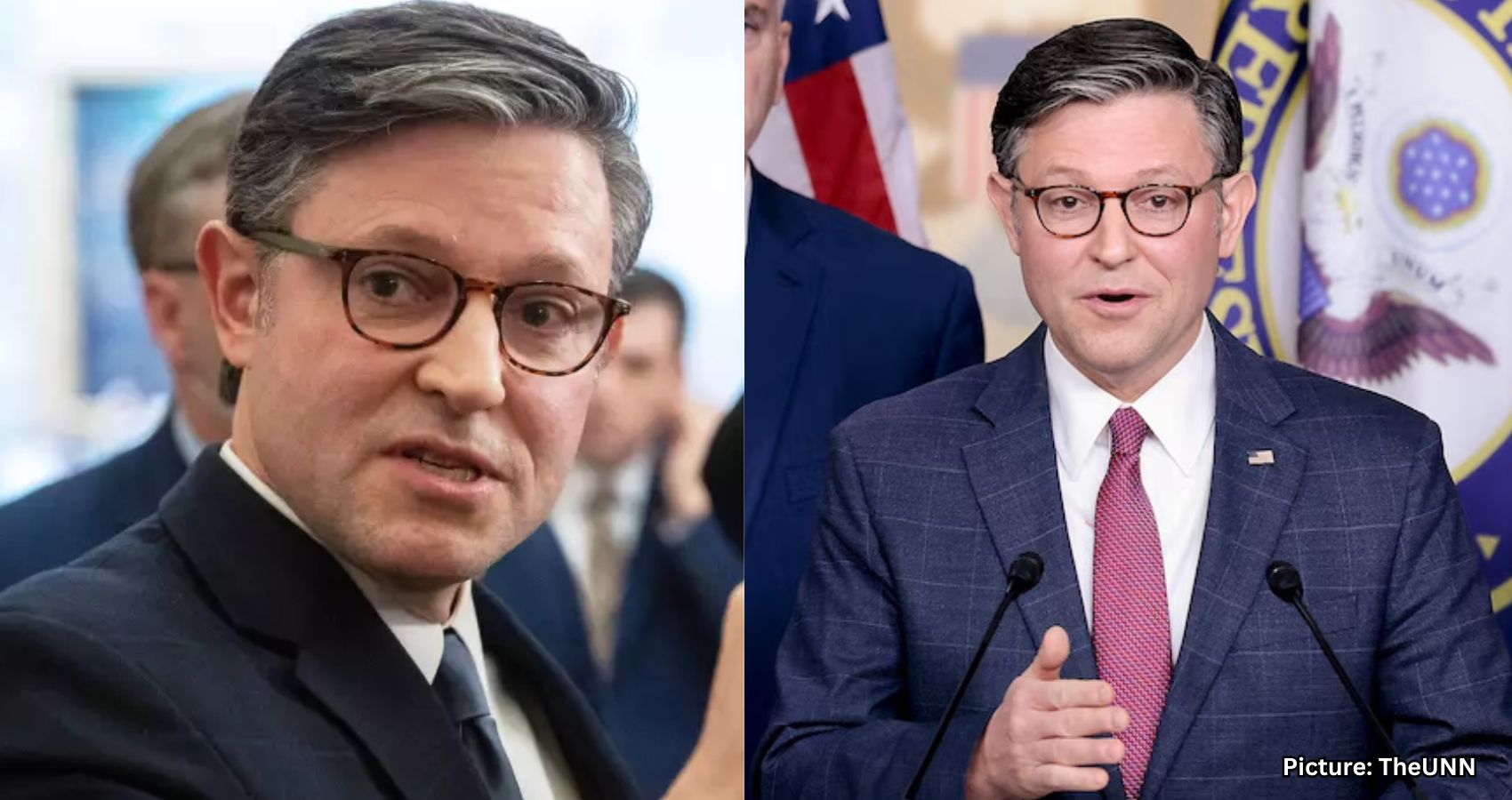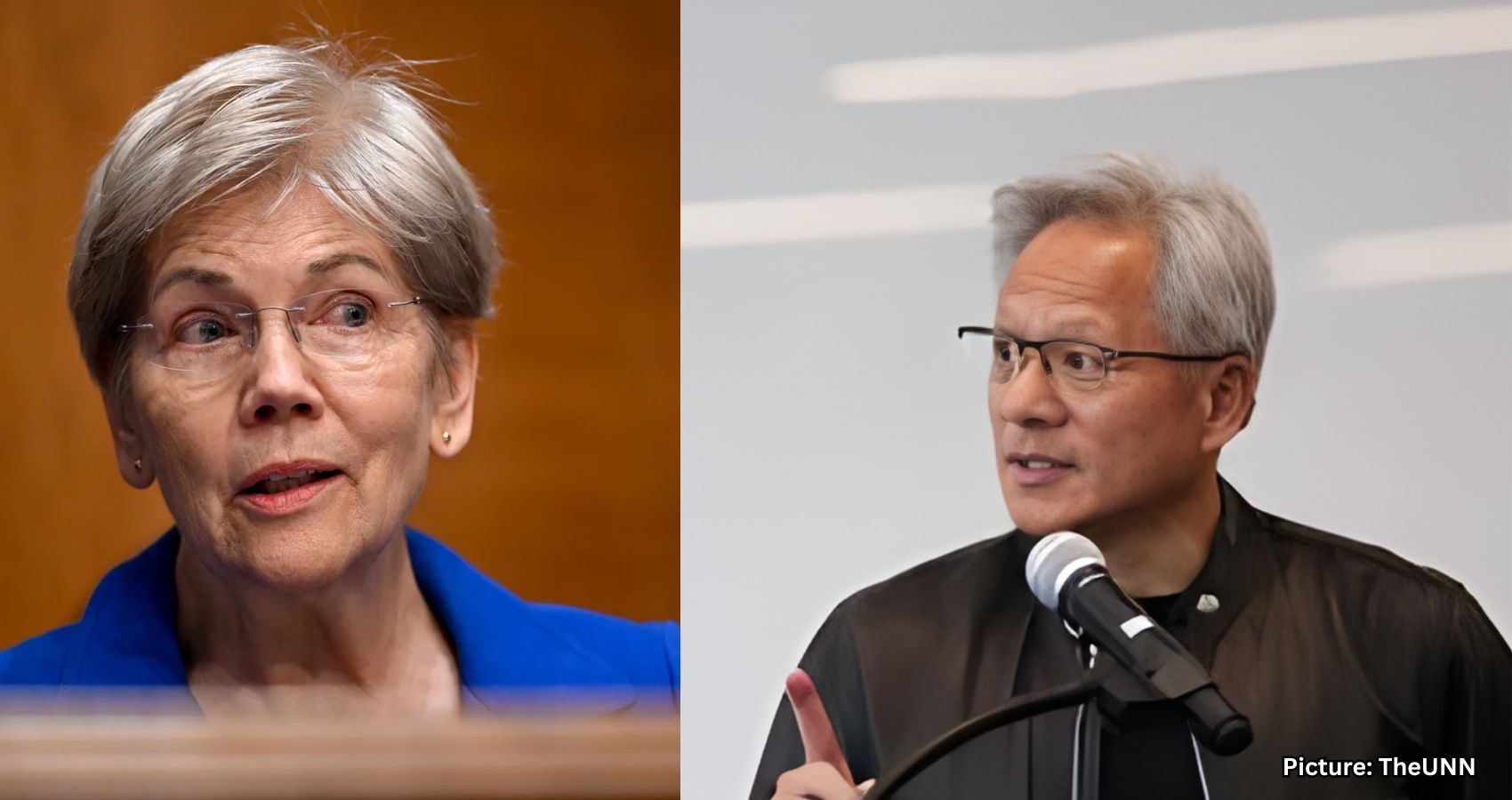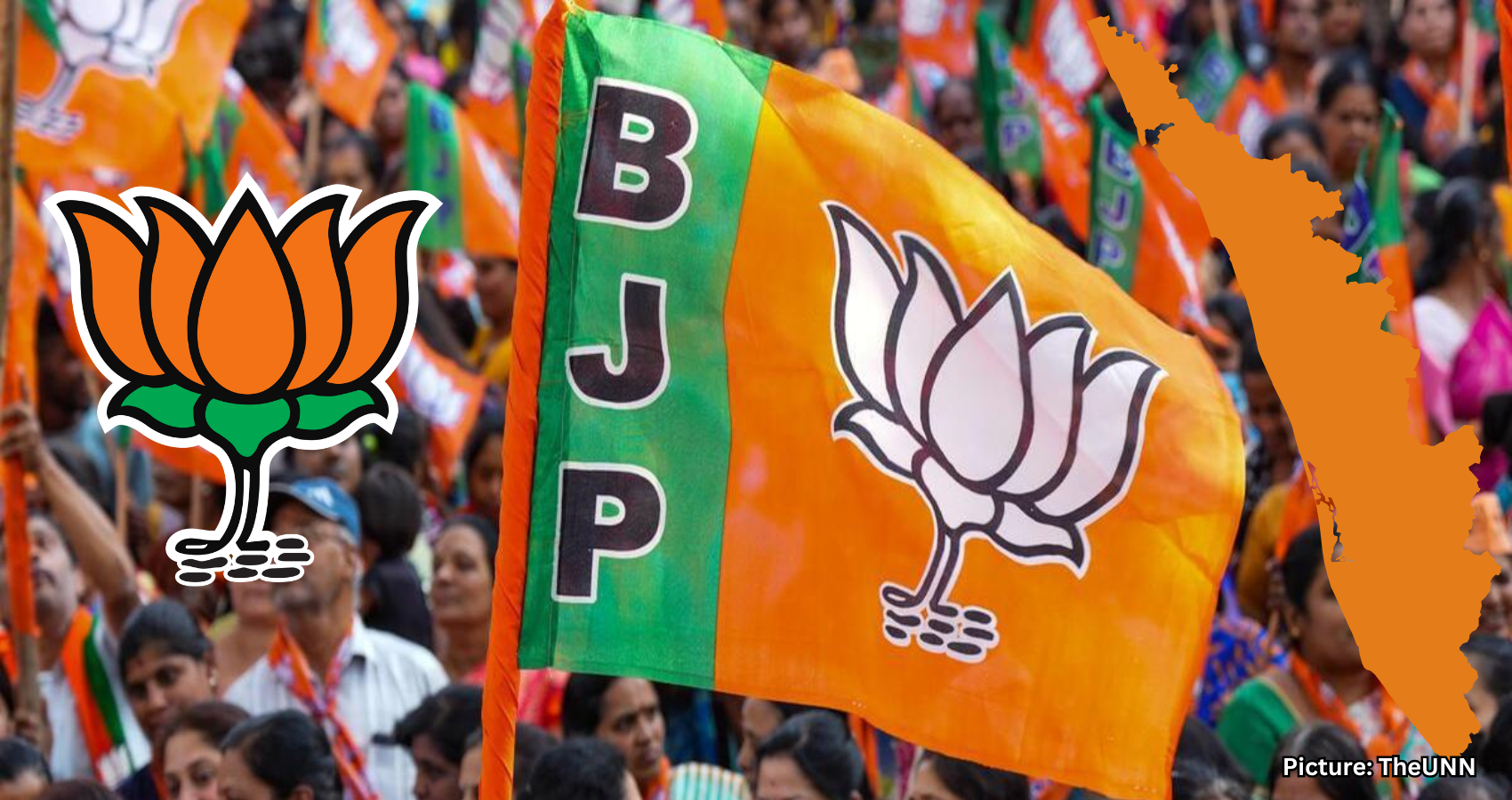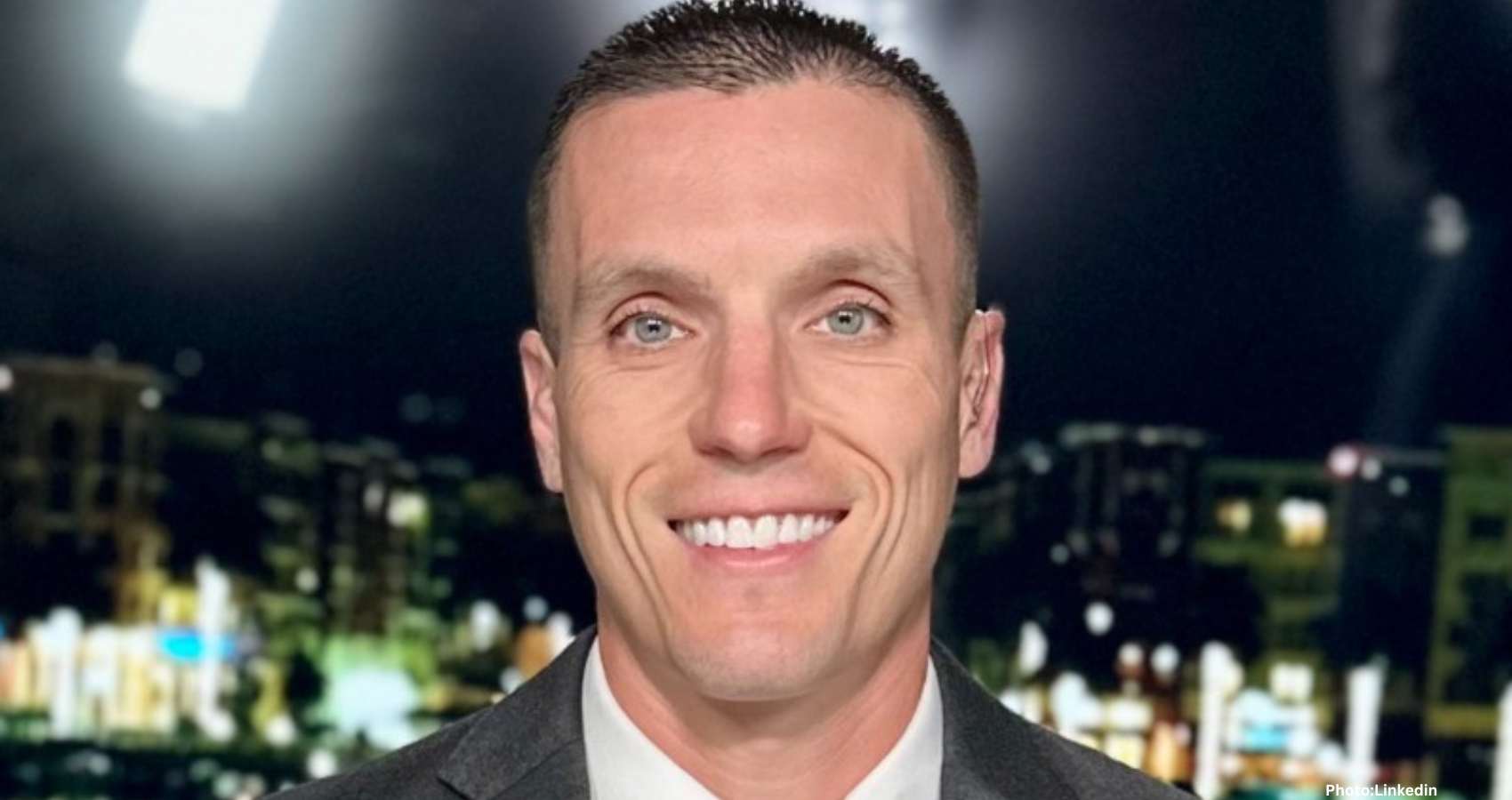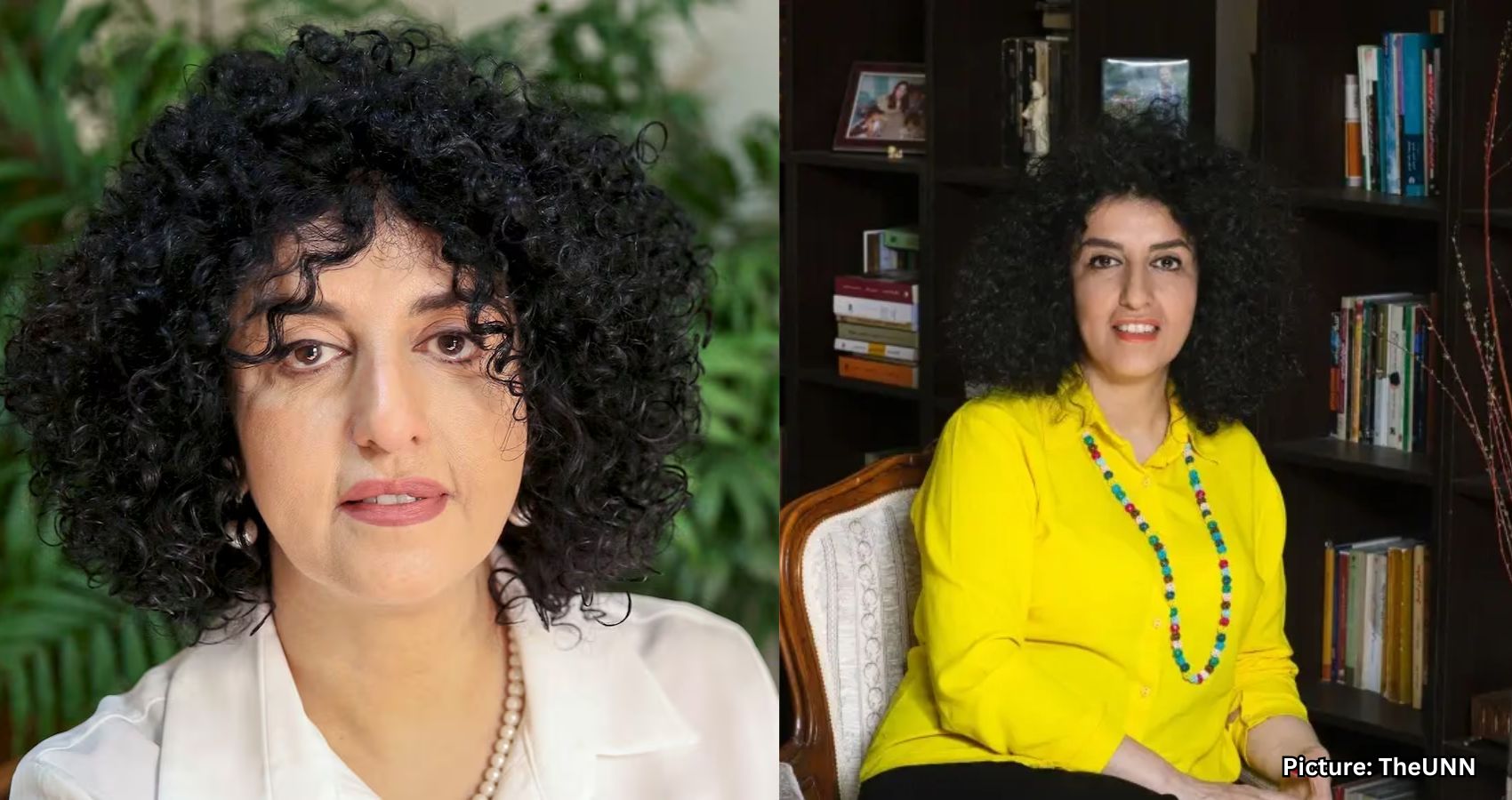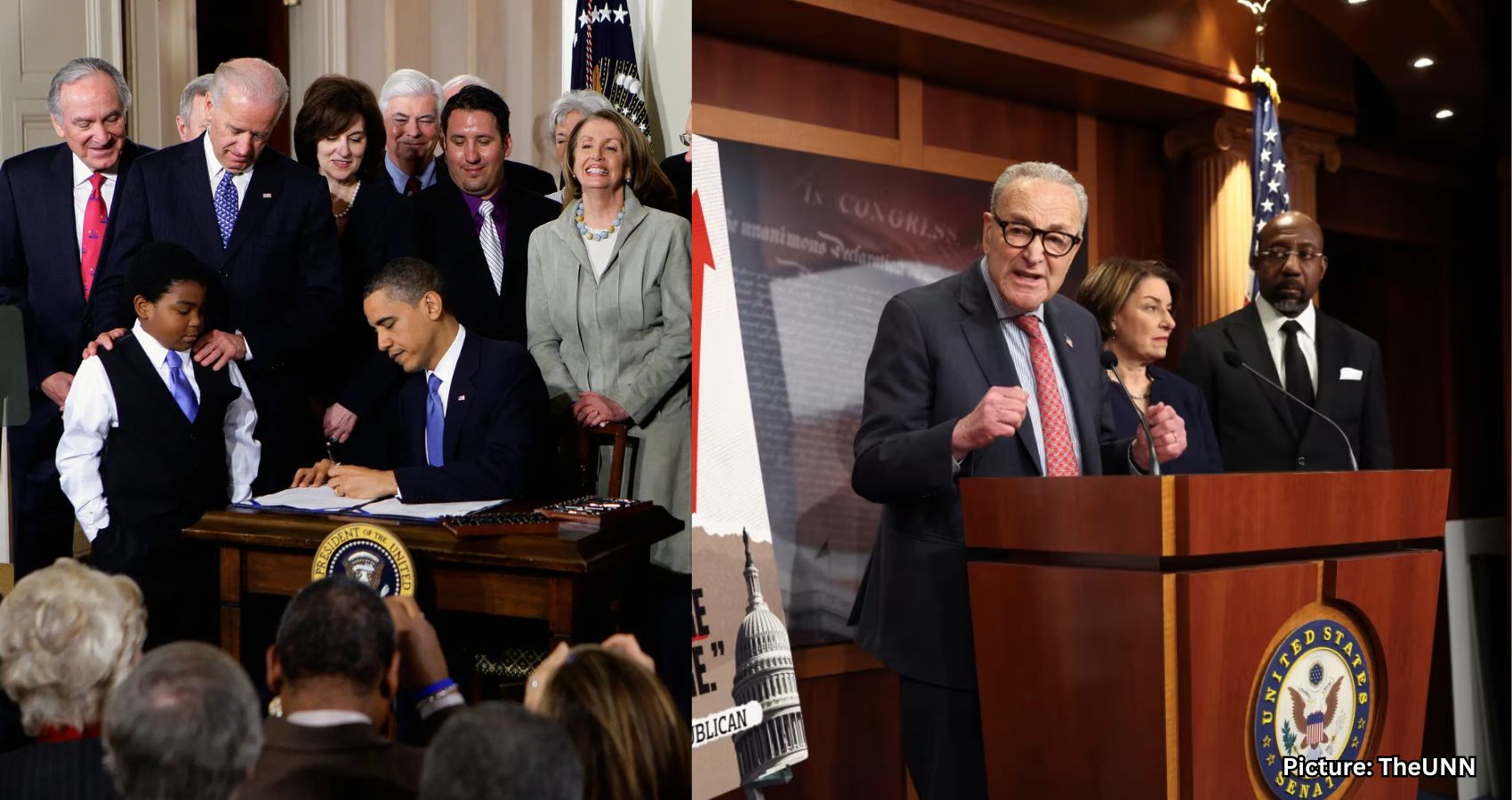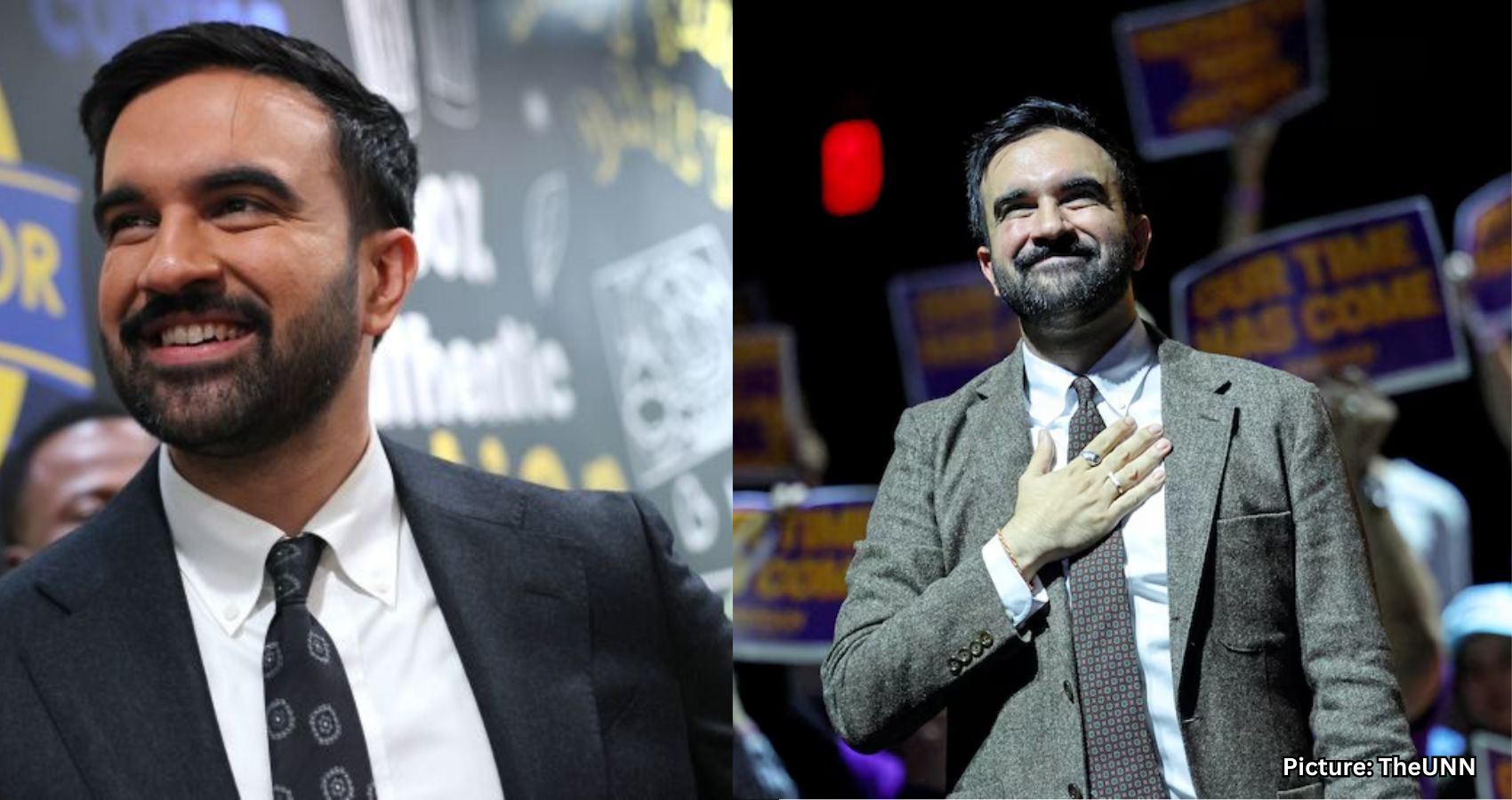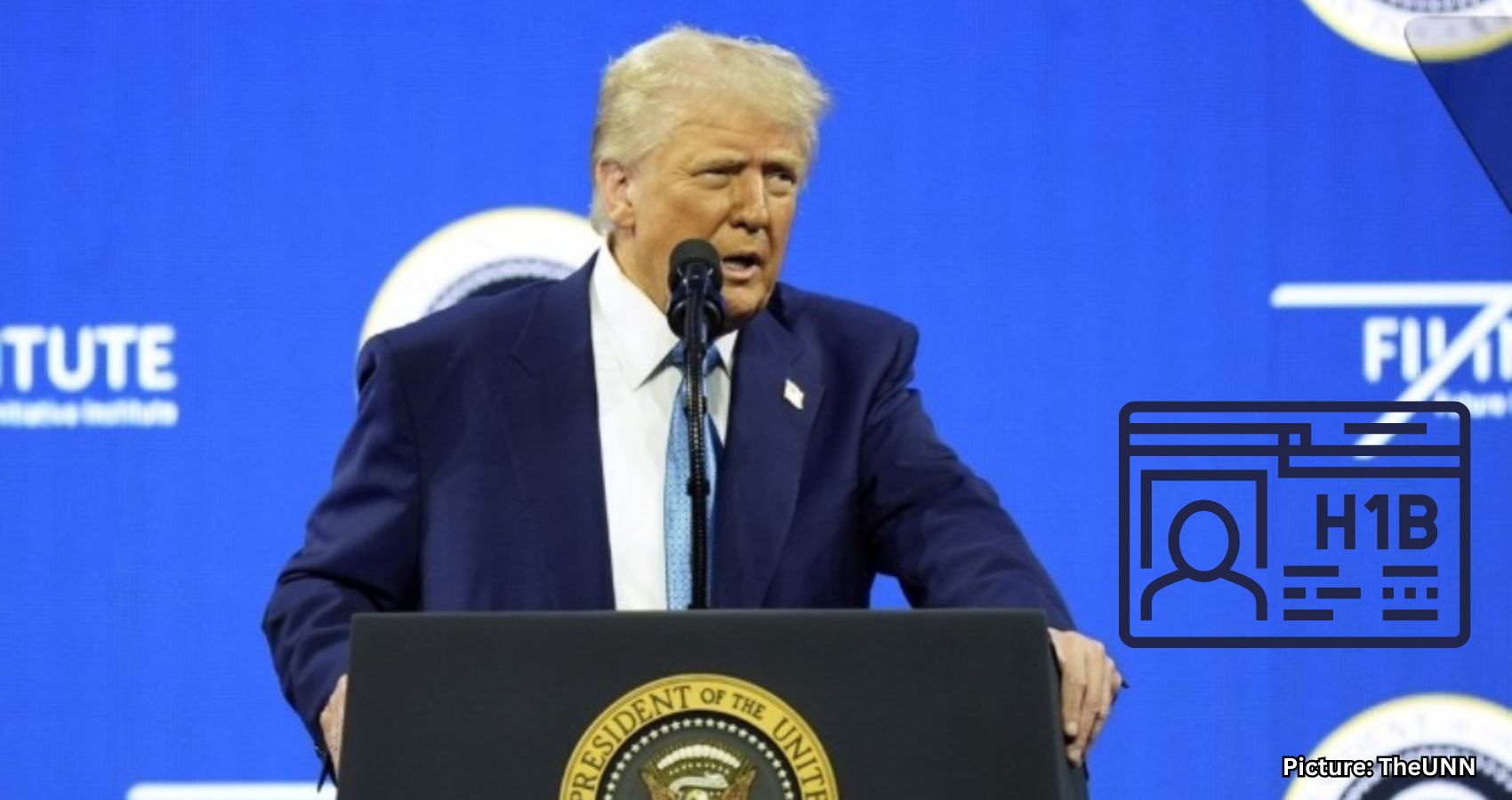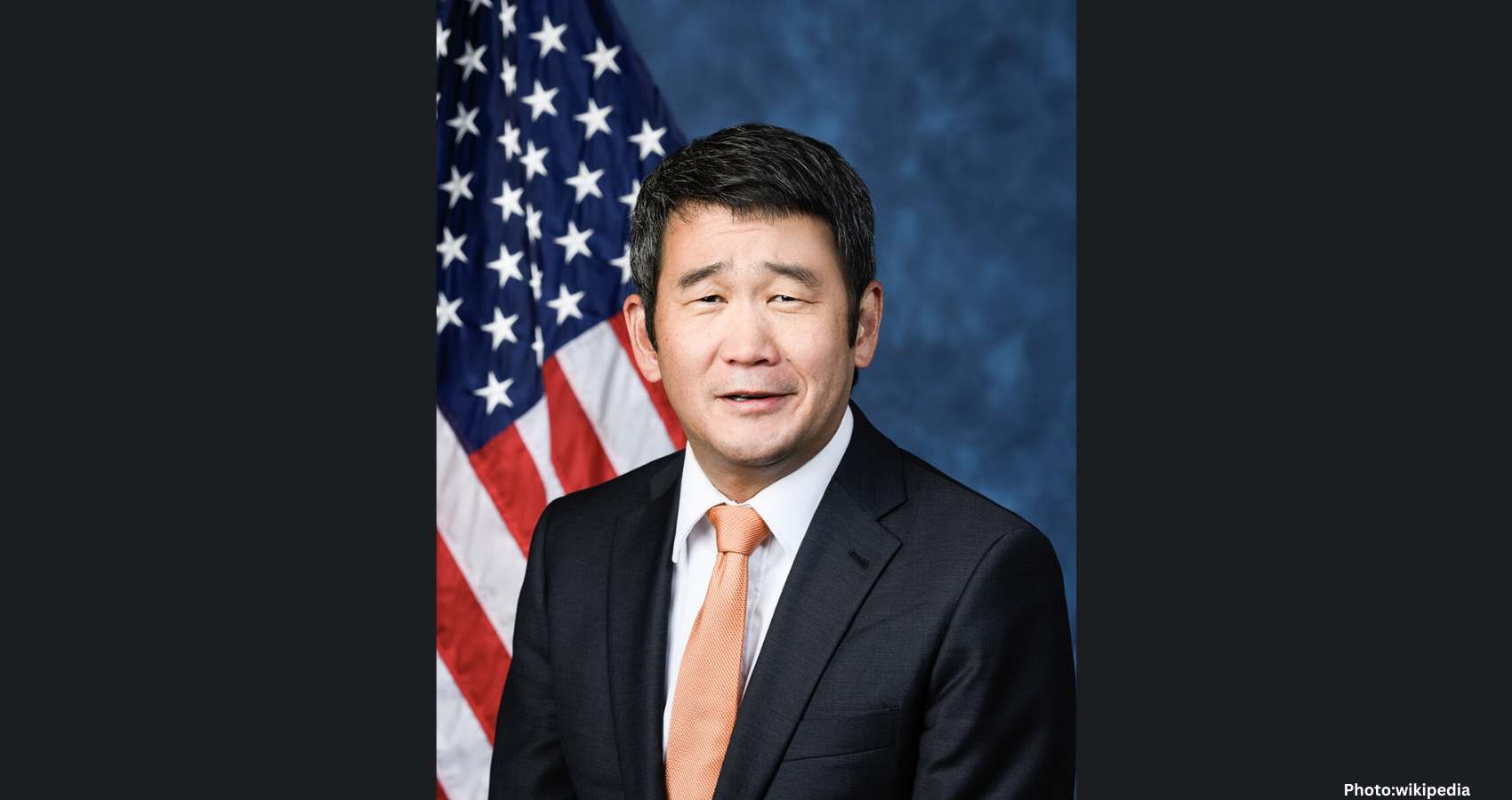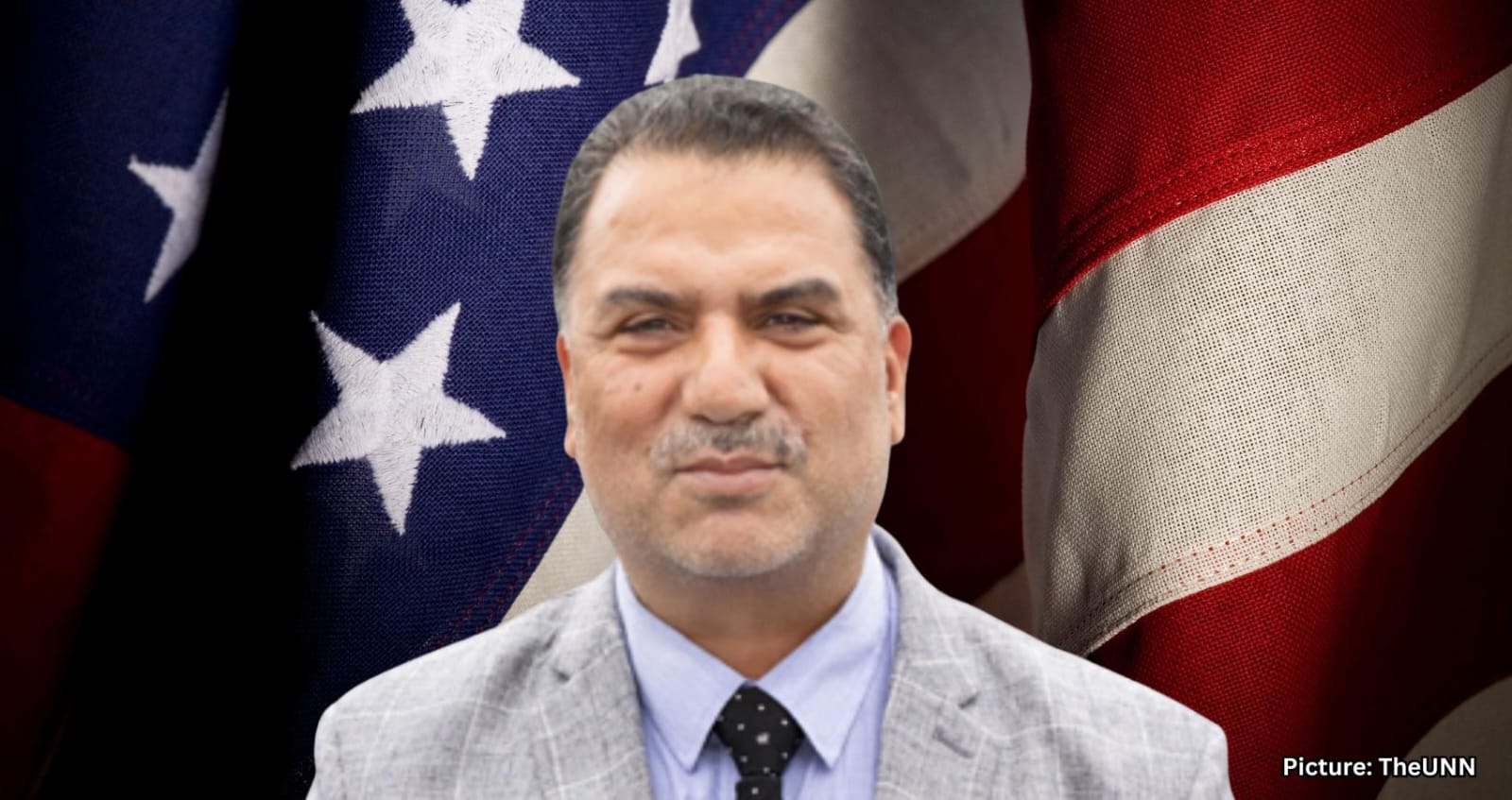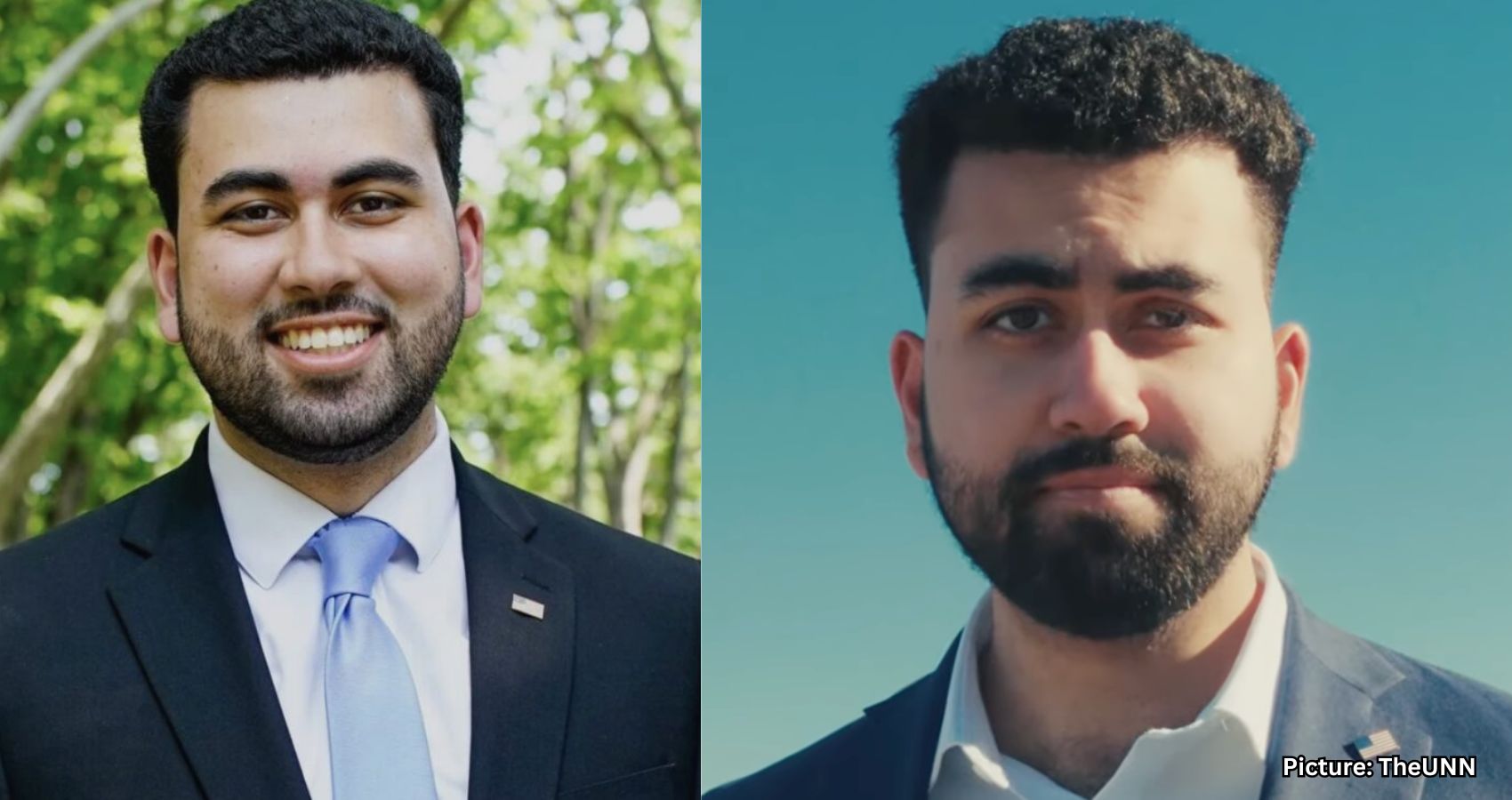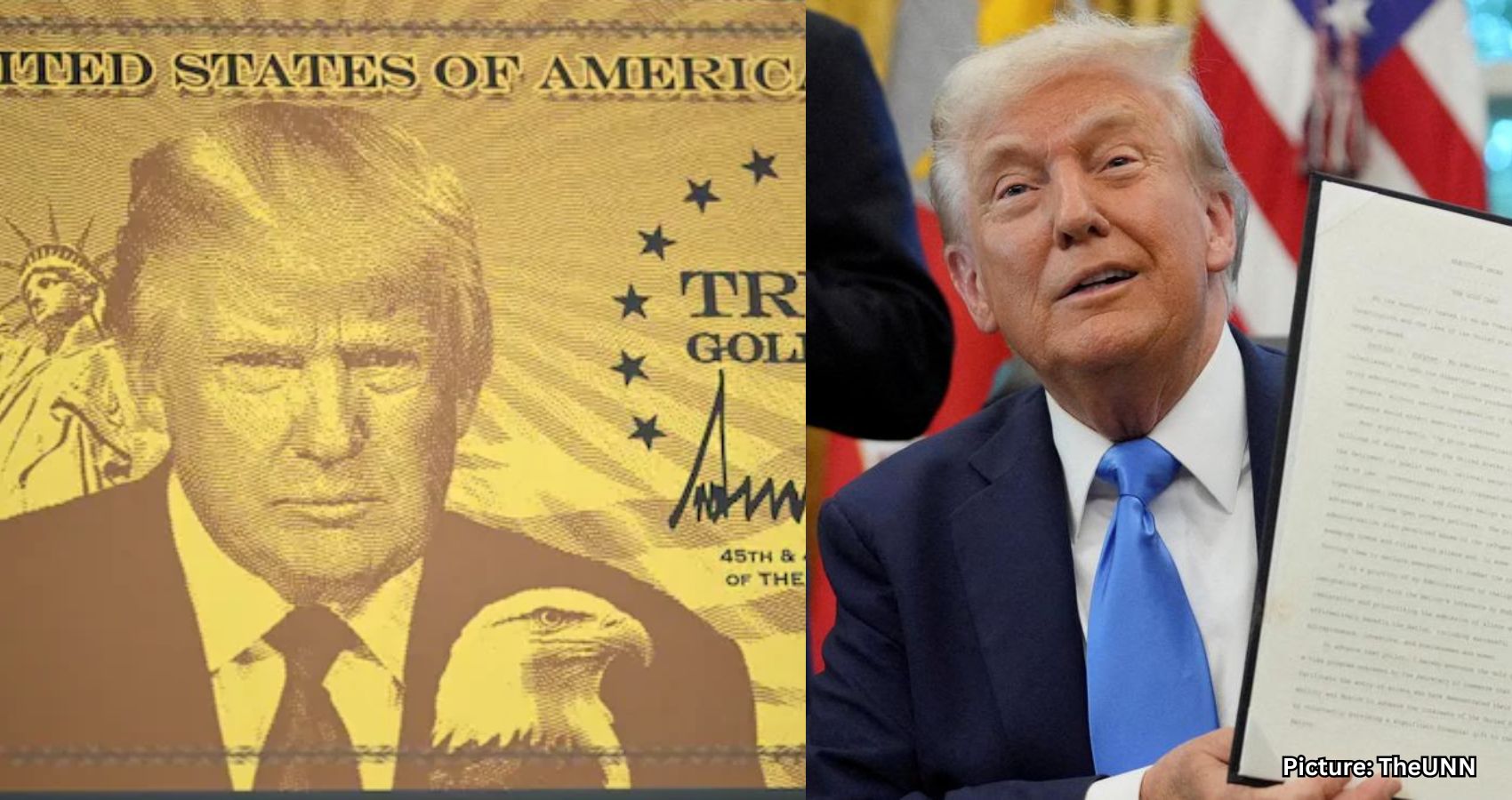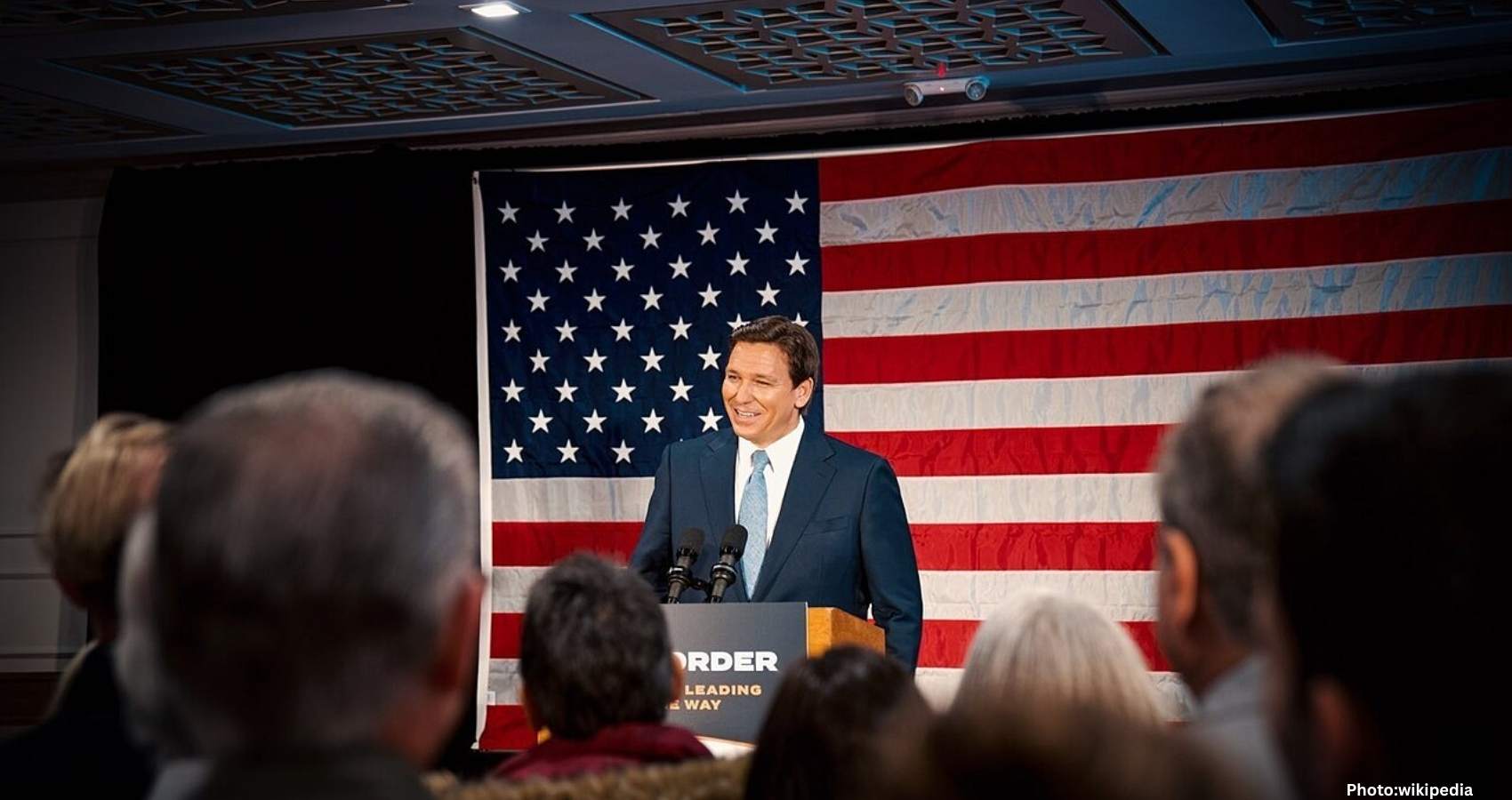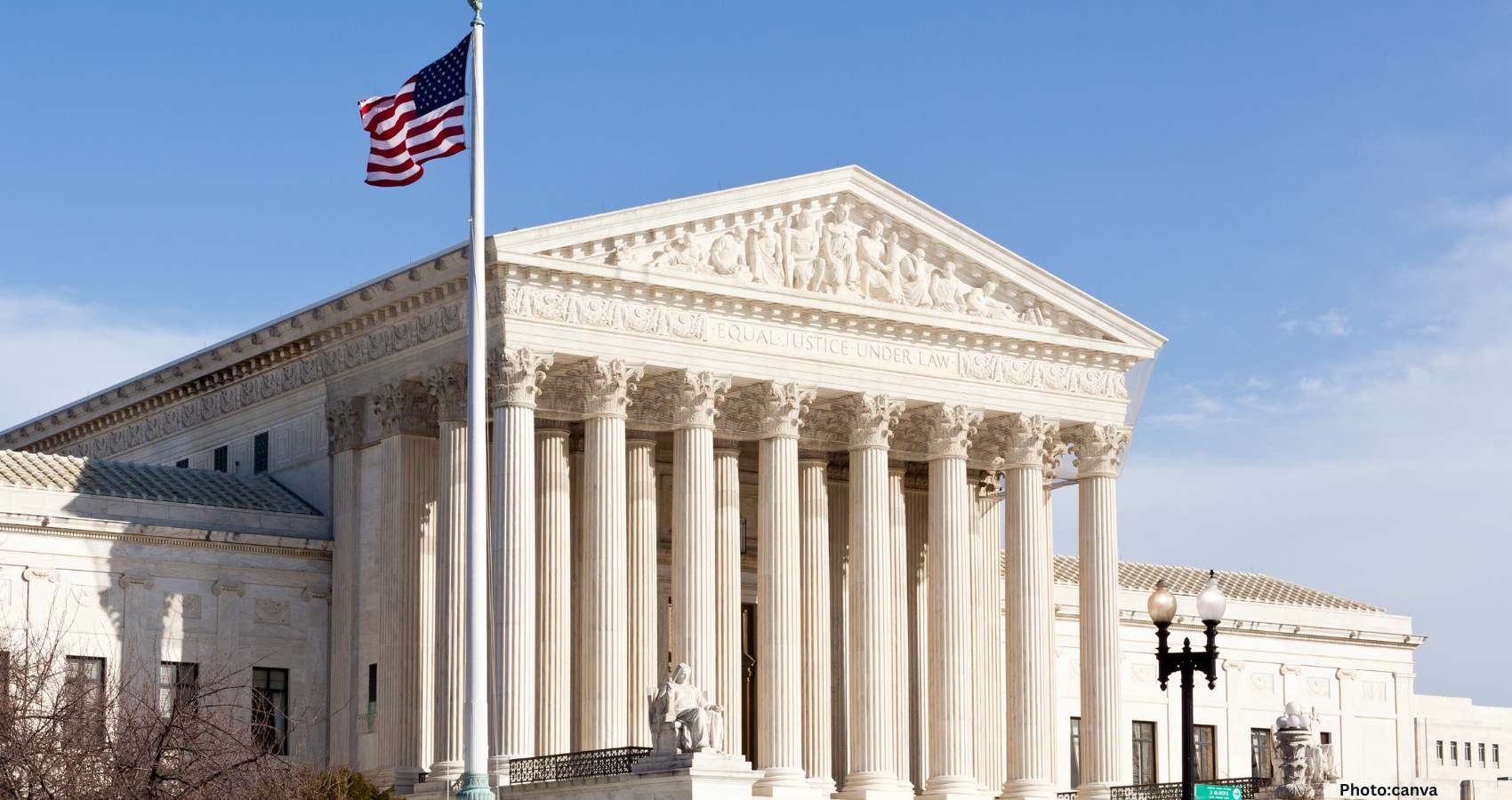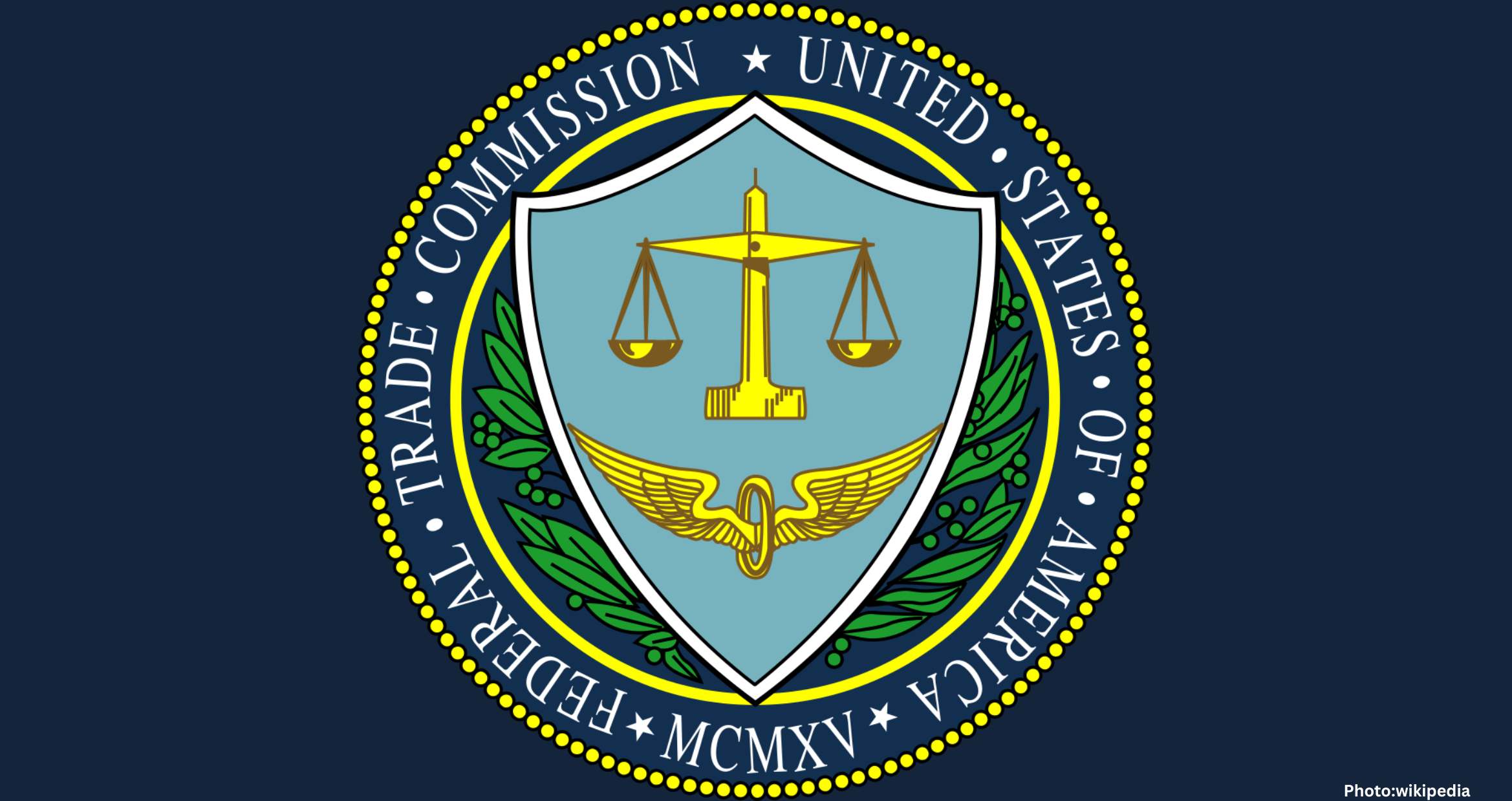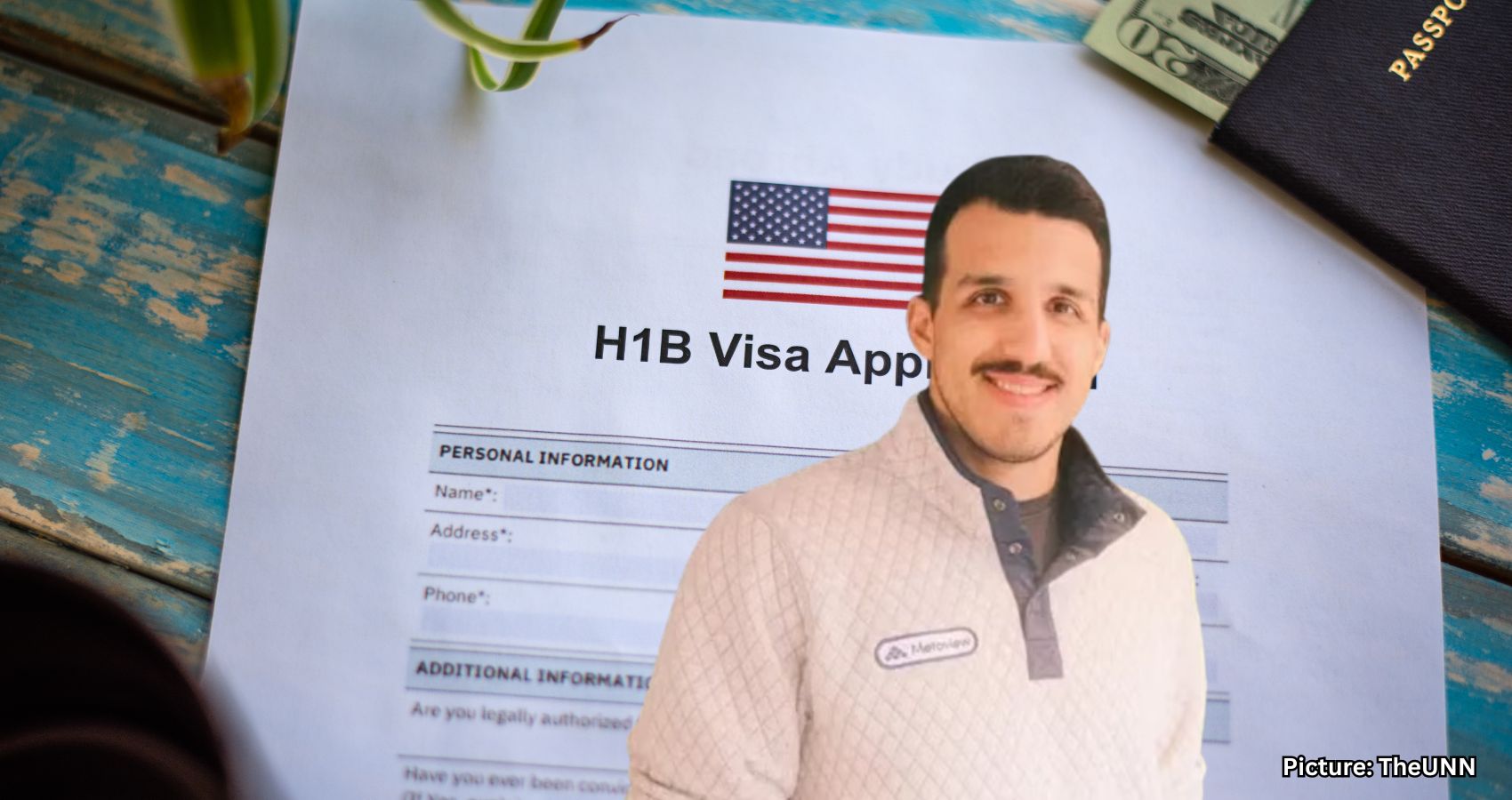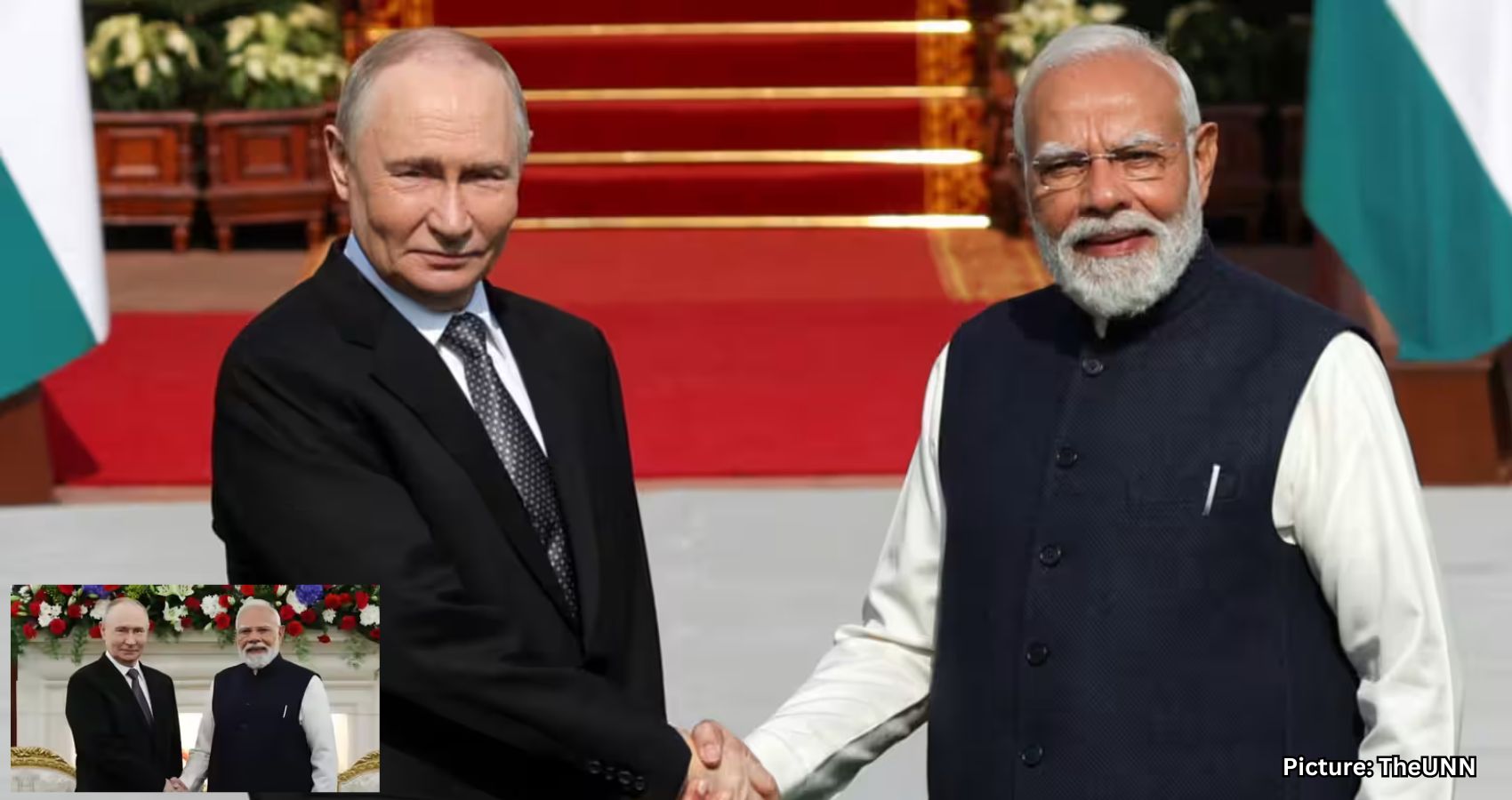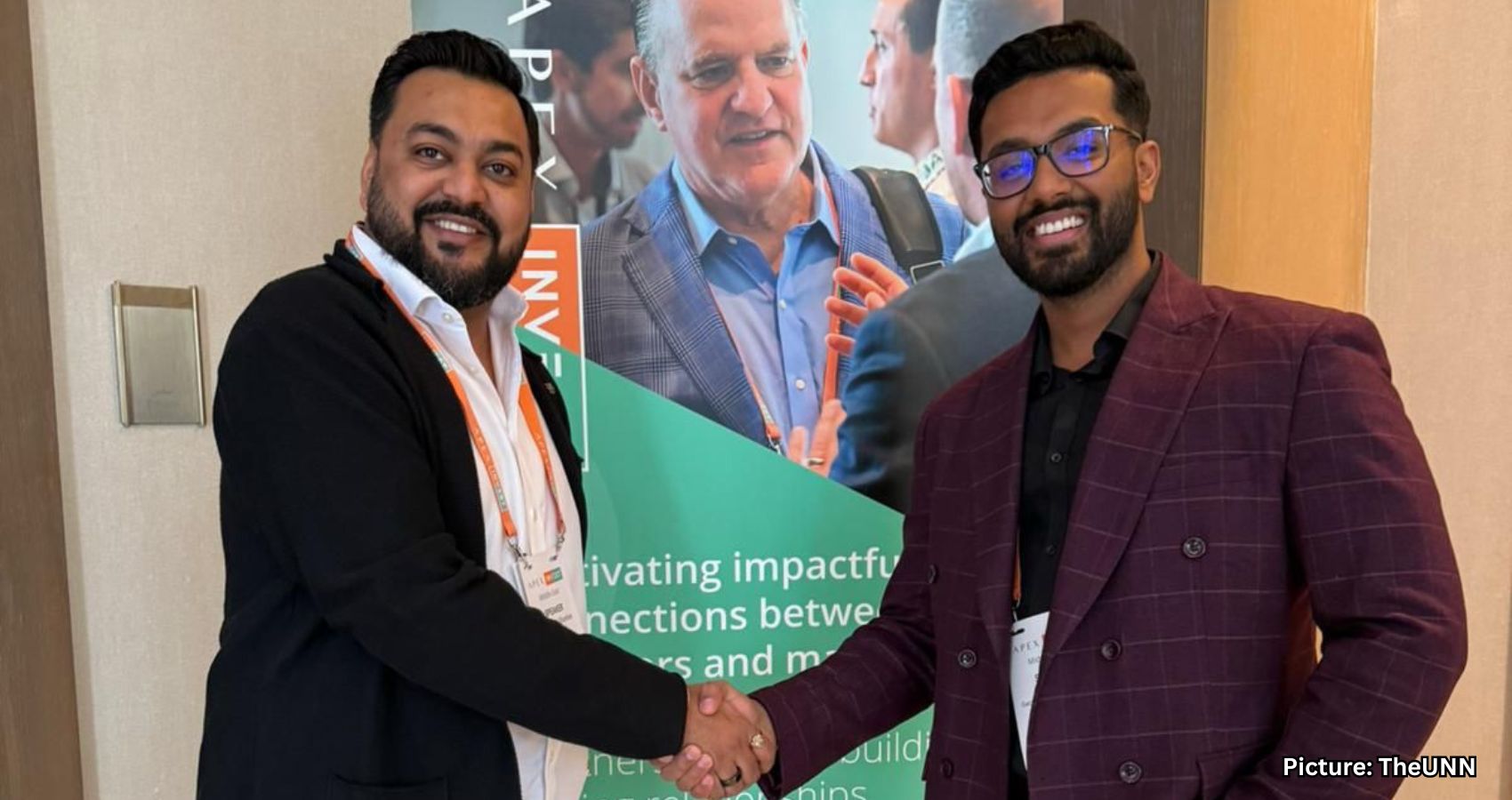China has reportedly loaded over 100 intercontinental ballistic missiles into newly constructed silos near its border with Mongolia, signaling a rapid expansion of its nuclear capabilities.
China has reportedly placed more than 100 intercontinental ballistic missiles into three newly built silo fields close to its border with Mongolia, marking a significant acceleration in its nuclear expansion, according to a draft Pentagon report reviewed by Reuters.
The assessment highlights Beijing’s ongoing military buildup, indicating that China is modernizing its nuclear forces at a pace unmatched by any other nuclear-armed nation. Chinese officials have consistently dismissed such reports, labeling them as attempts to “smear and defame China” while misleading the international community.
The Pentagon did not provide comments when approached by Fox News Digital regarding the Reuters report. Last month, U.S. President Donald Trump expressed a willingness to engage in denuclearization discussions with both China and Russia. However, the Pentagon report suggests that Beijing shows little interest in such negotiations.
“We continue to see no appetite from Beijing for pursuing such measures or more comprehensive arms control discussions,” the report stated.
The assessment indicates that China has likely loaded over 100 solid-fueled DF-31 intercontinental ballistic missiles into the newly constructed silos. While the Pentagon had previously acknowledged the existence of these silo fields, it had not publicly estimated the number of missiles housed within them.
China’s embassy in Washington did not immediately respond to a request for comment regarding the report. Additionally, the report did not specify potential targets for the newly positioned missiles, and U.S. officials noted that the findings could change before the report is formally submitted to Congress.
Despite a nuclear warhead stockpile estimated to be in the low 600s as of 2024, the report suggests that China is on track to exceed 1,000 nuclear warheads by 2030. This projection reflects a slower production rate compared to previous years.
China maintains that it follows a nuclear strategy centered on self-defense and adheres to a no-first-use policy. However, analysts argue that Beijing’s public messaging increasingly contradicts this stance.
“For a country that still advocates a policy of ‘no-first use,’ China has become increasingly comfortable showcasing its nuclear arsenal, including parading its nuclear triad together for the first time in September,” said Jack Burnham, a senior research analyst in the China Program at the Foundation for Defense of Democracies.
Burnham further noted that China’s rejection of arms control discussions reflects the rapid pace of its weapons construction. “China has no interest in locking in a long-term strategic disadvantage and every intention of building an arsenal that matches its perceived status in the world, potentially even surpassing that of the United States,” he stated.
The report also warned that China anticipates being capable of fighting and winning a conflict over Taiwan by the end of 2027. Beijing claims the self-governed island as its territory and has not ruled out the use of force to assert its claims.
China is reportedly refining its options for a potential military operation to seize Taiwan through “brute force,” which may include long-range strikes extending up to 2,000 nautical miles from the mainland. Such actions could disrupt U.S. military operations in the Asia-Pacific region, according to the report.
These findings emerge as the 2010 New START treaty, the last remaining nuclear arms control agreement between the United States and Russia, nears expiration. The treaty limits both nations to 1,550 deployed strategic nuclear warheads.
Gordon Chang, a prominent commentator on China, remarked, “What is surprising is that China has now loaded only about 100 of the silos it has built recently. That’s an indication money is tight in the People’s Liberation Army.”
Chang cautioned against extending the New START treaty without China’s involvement. “This is no time for the U.S. to agree to an extension of the New START Treaty with Russia,” he asserted. “Russia and China are de-facto allies, and they are ganging up on America. Without China in a deal—Beijing has flatly rejected every nuclear arms-control initiative of the U.S.—no treaty can be in America’s interest.”
These developments underscore the complexities of global nuclear dynamics and the challenges posed by China’s expanding military capabilities, particularly in the context of its ambitions regarding Taiwan and its strategic posture toward the United States.
According to Reuters, the situation remains fluid, with ongoing assessments likely to shape future discussions on nuclear arms control and military strategy in the region.



